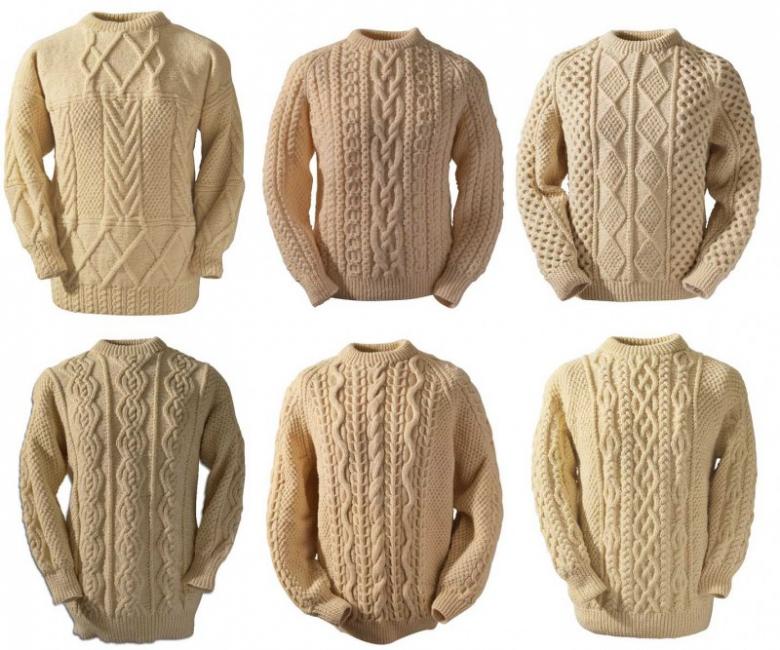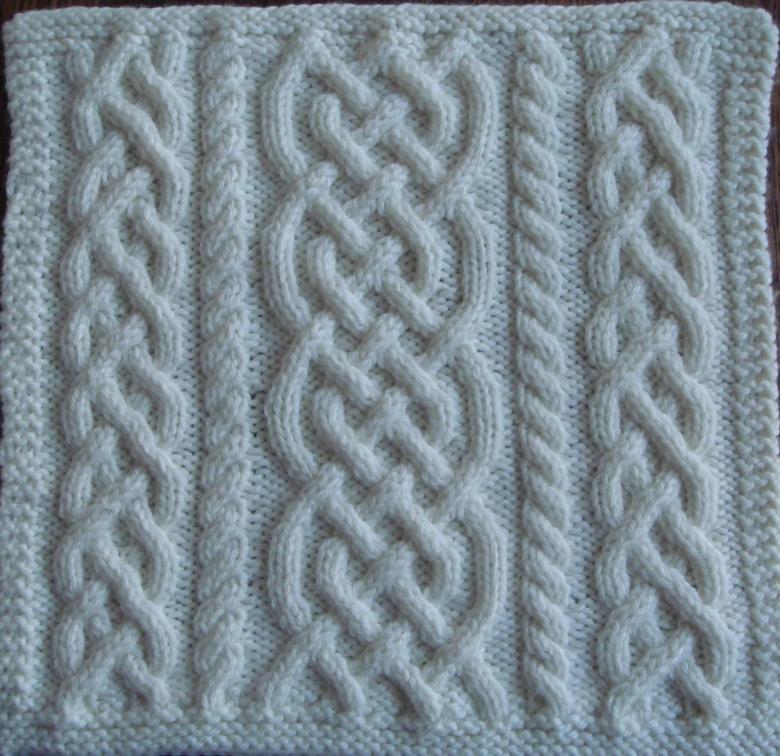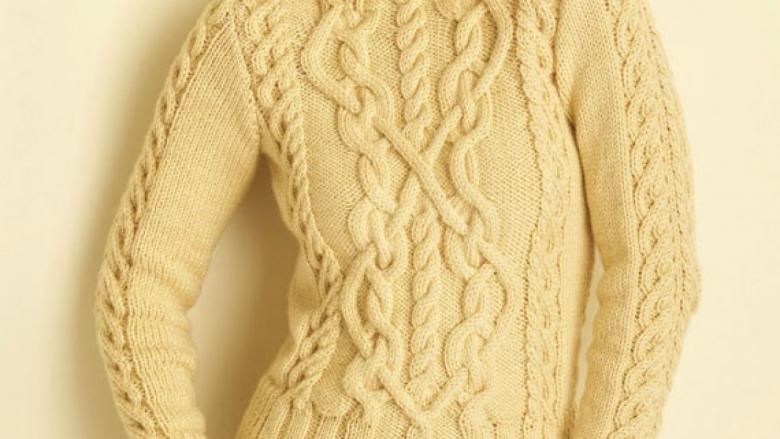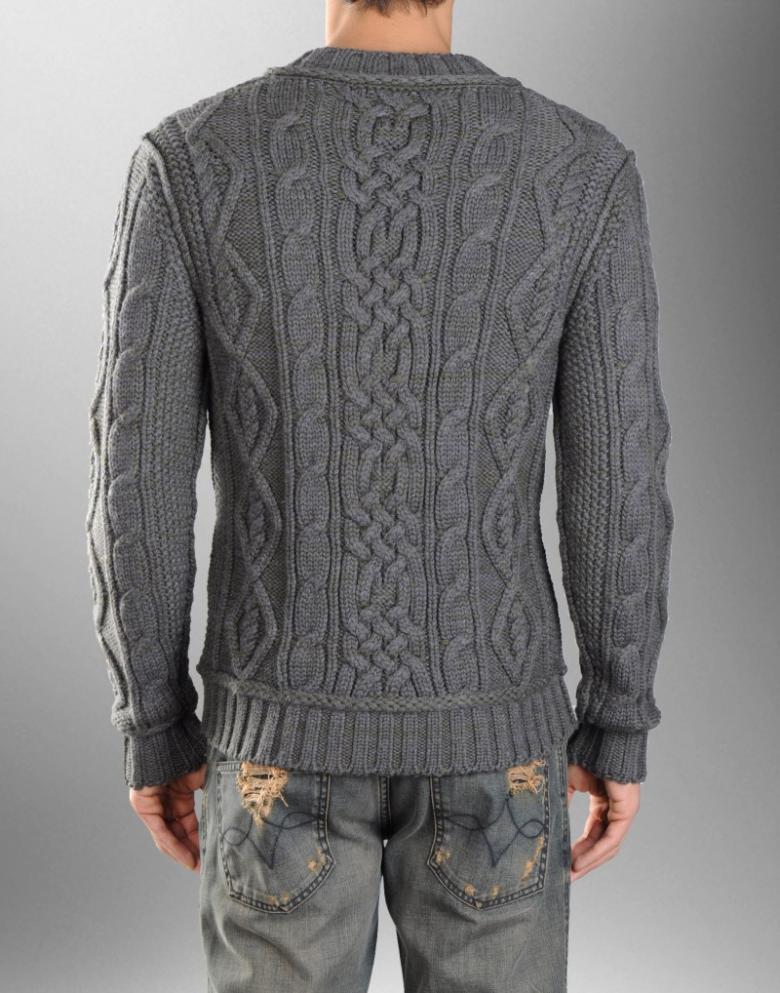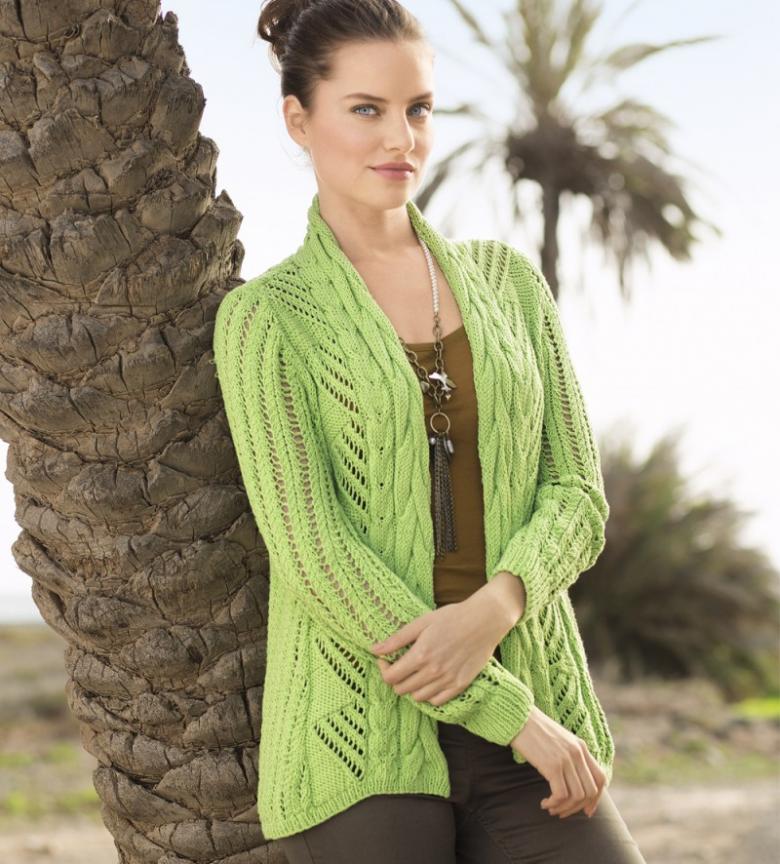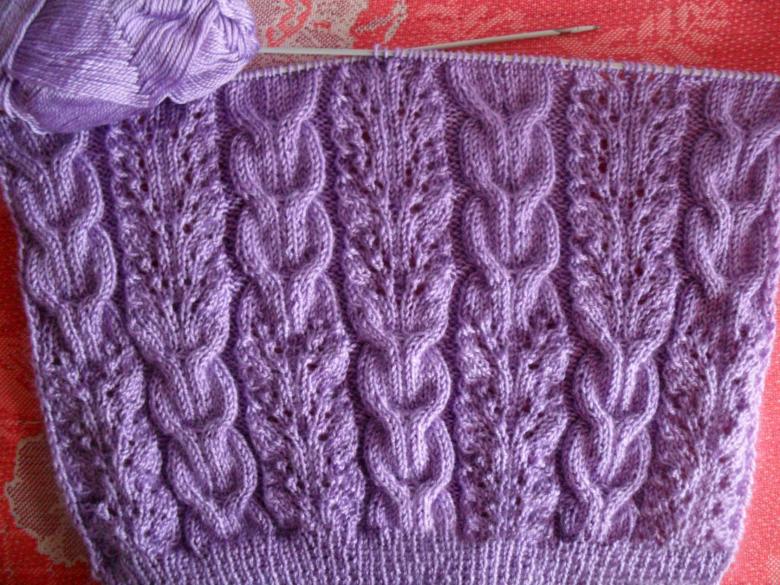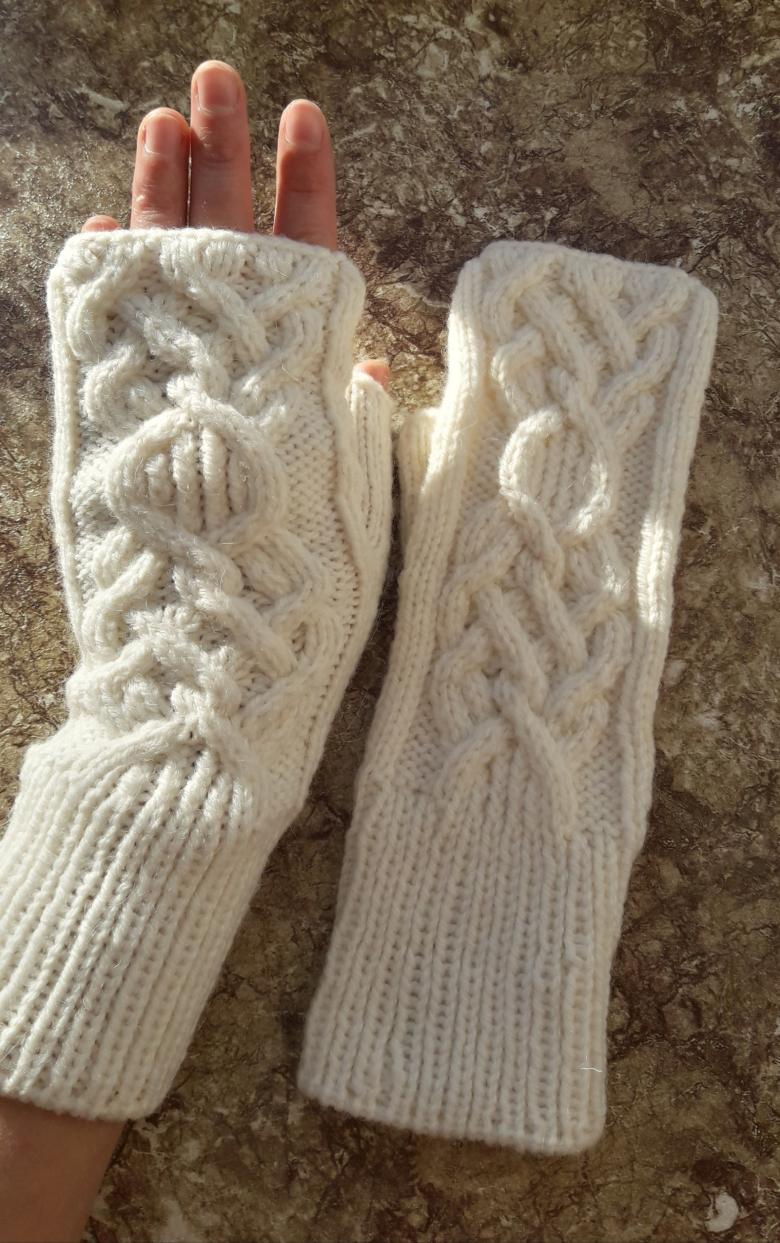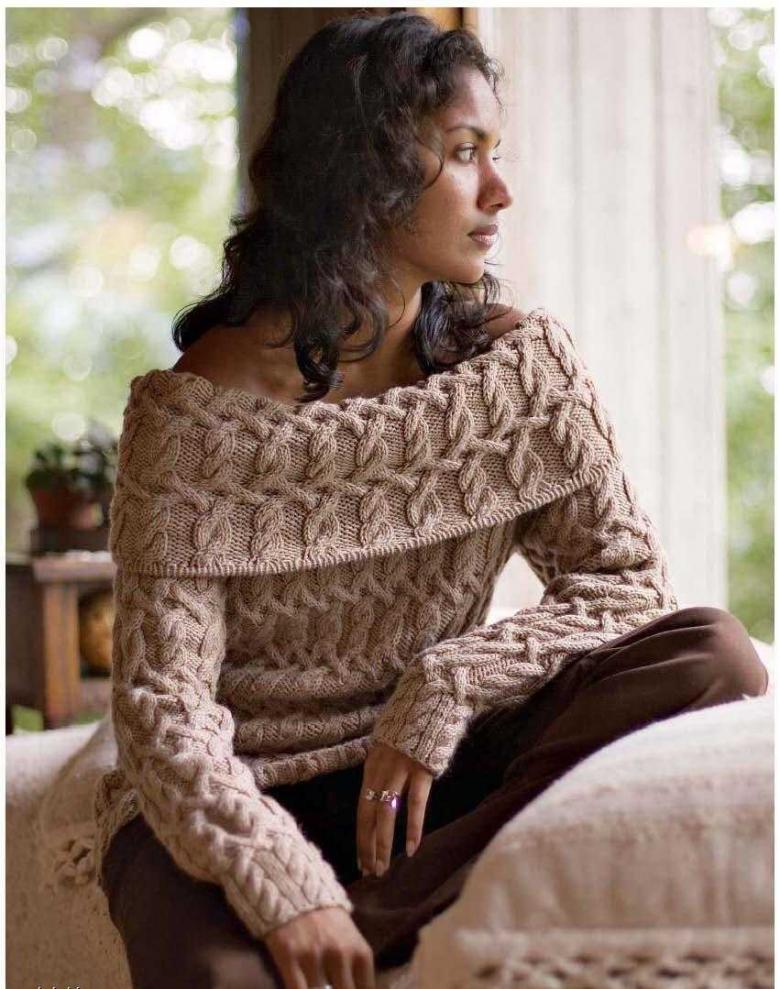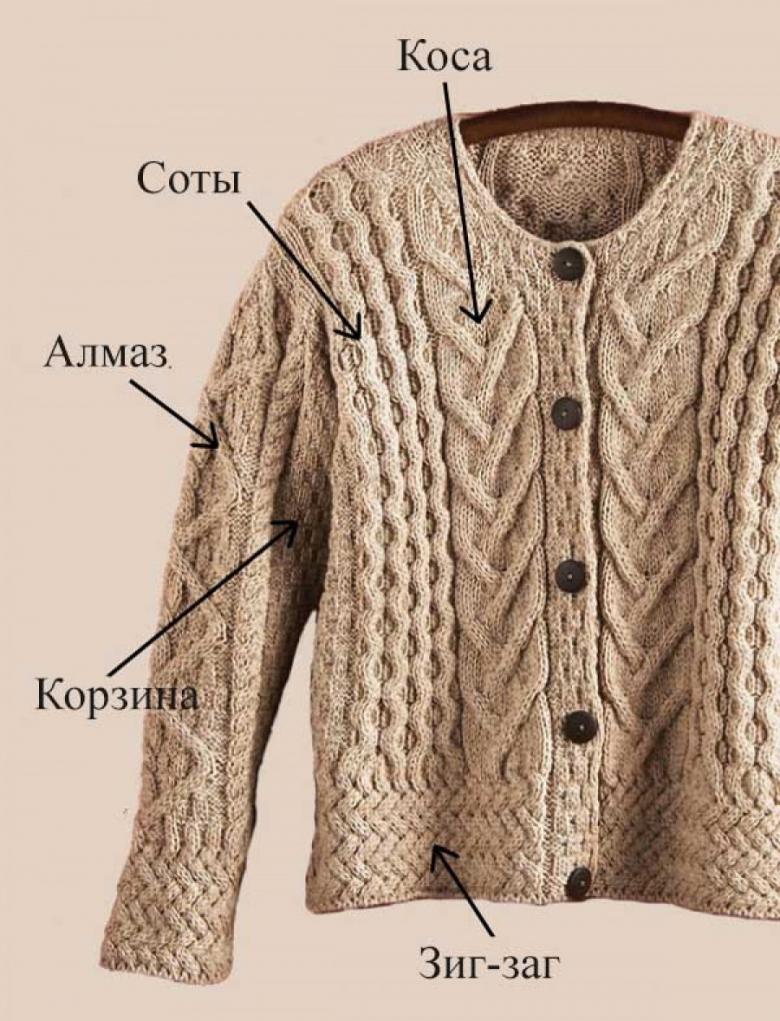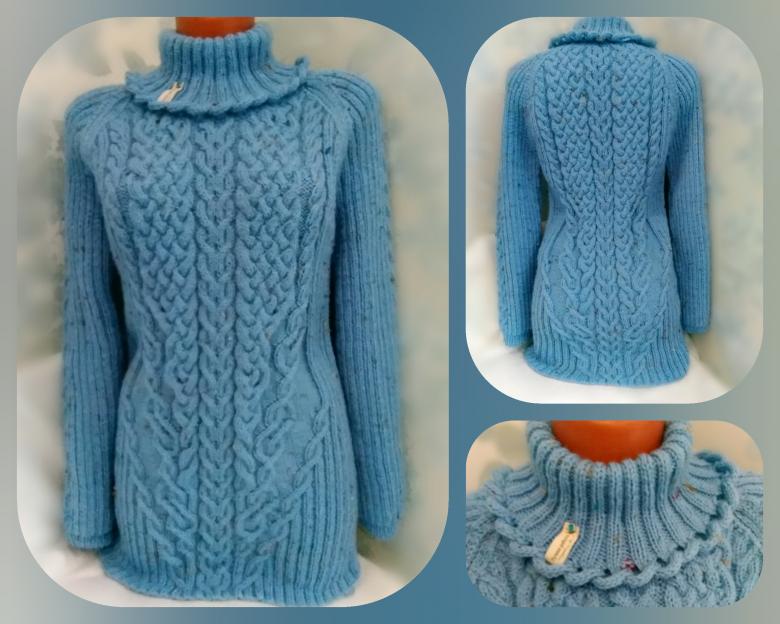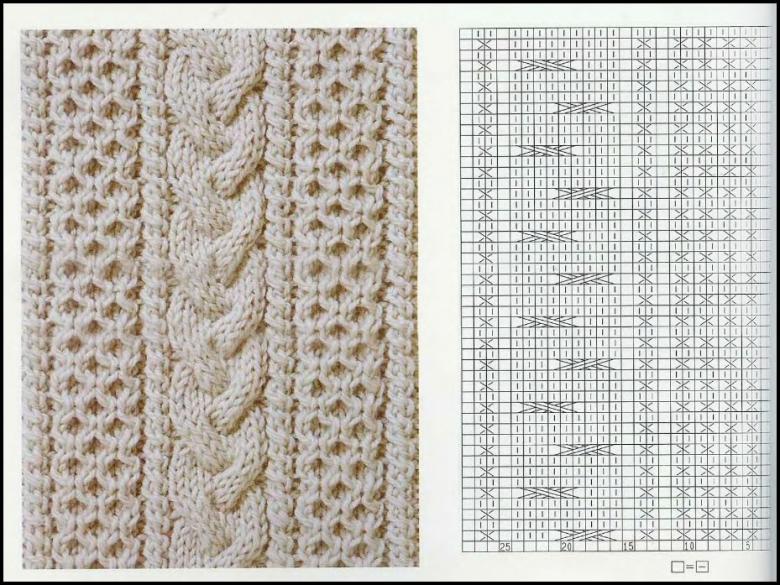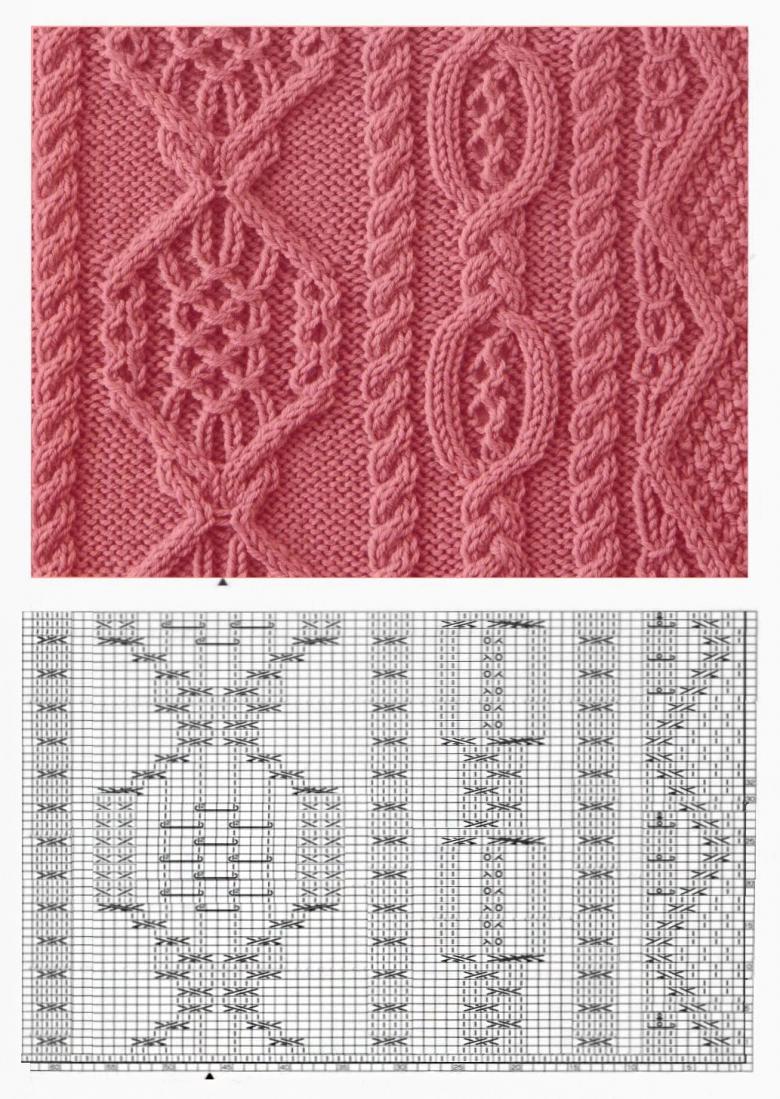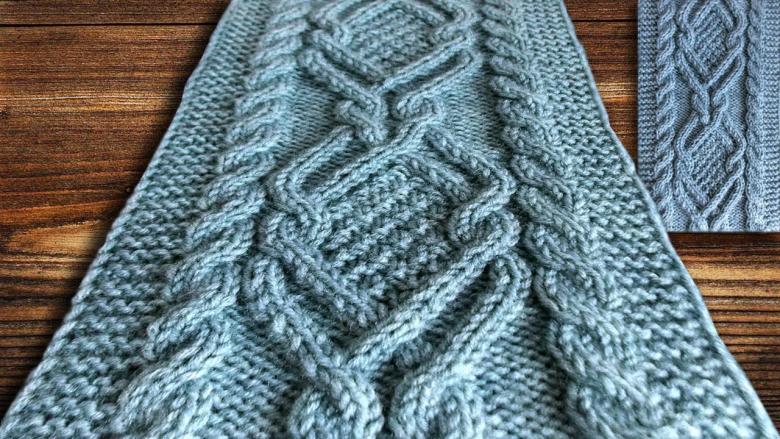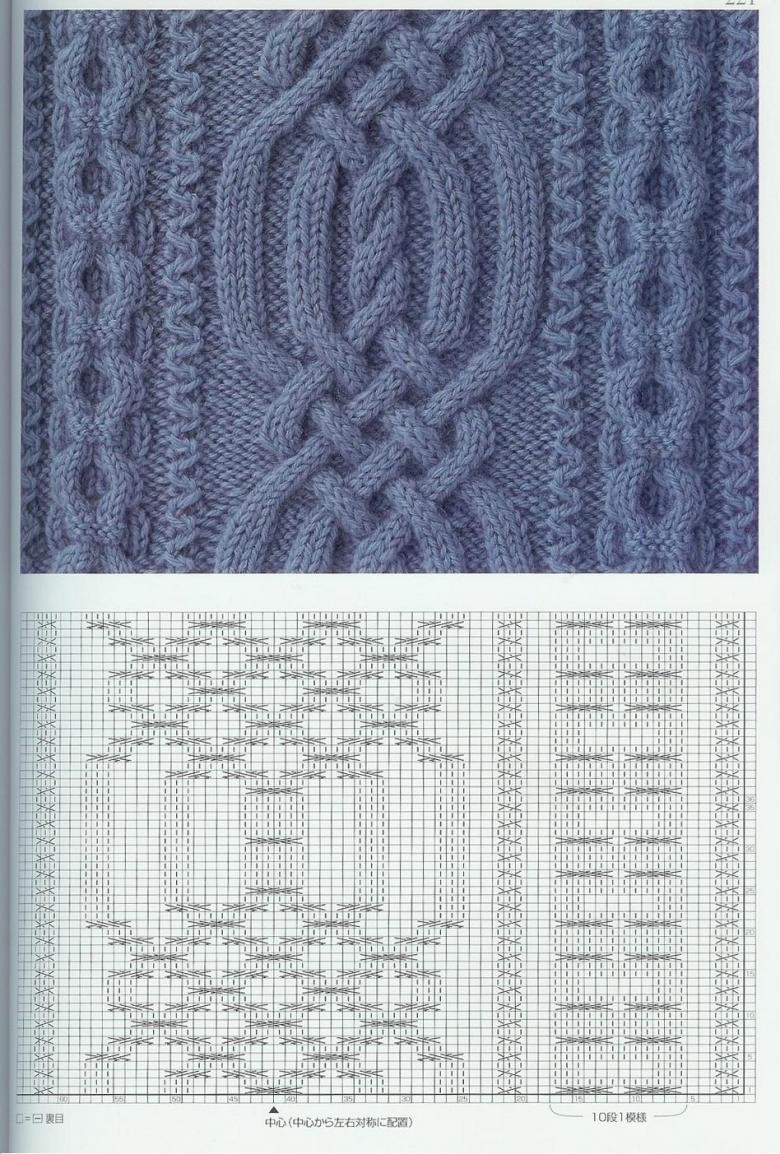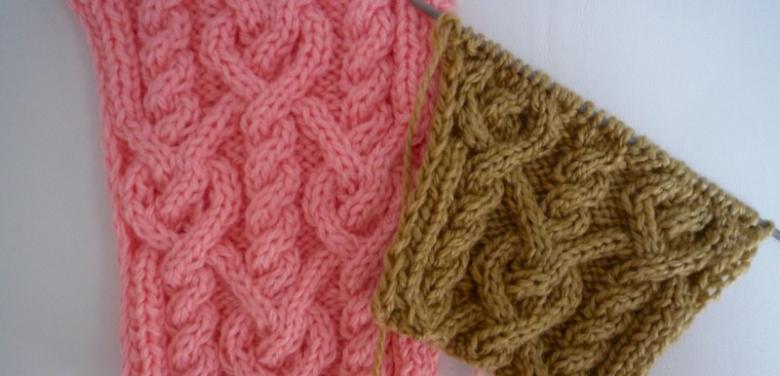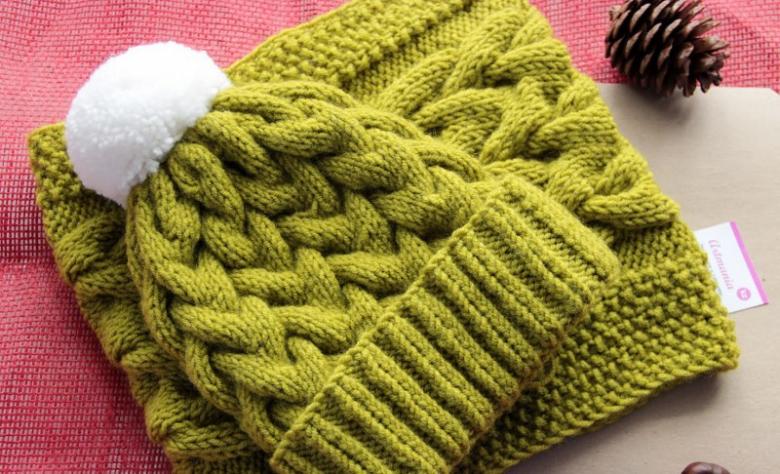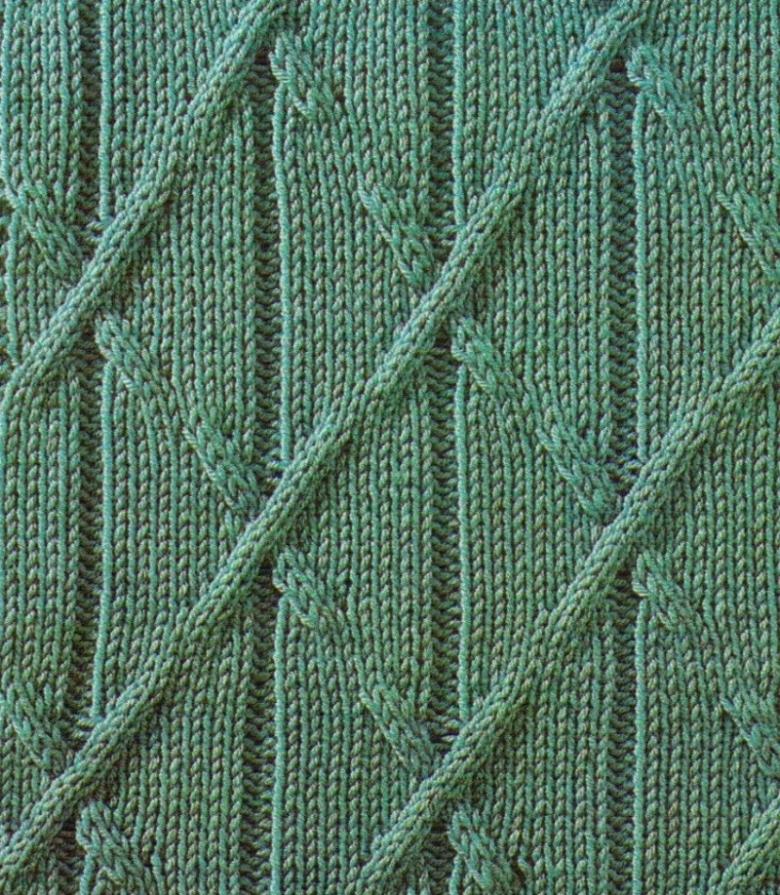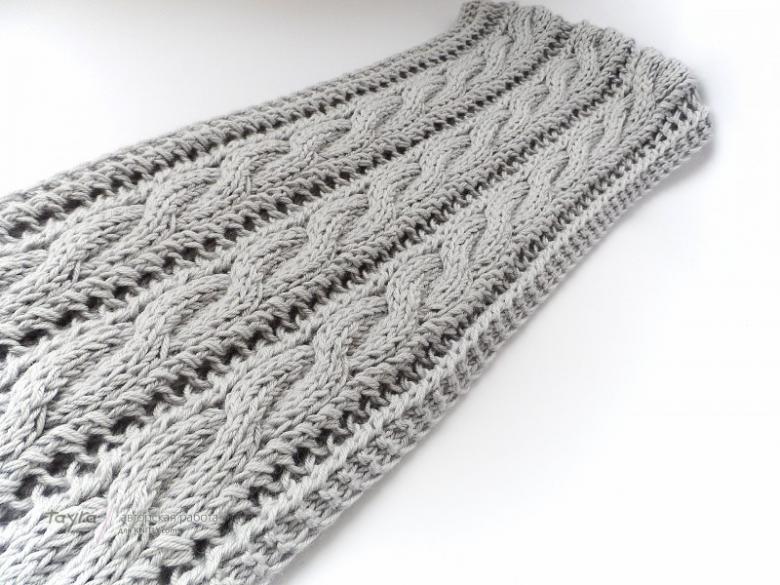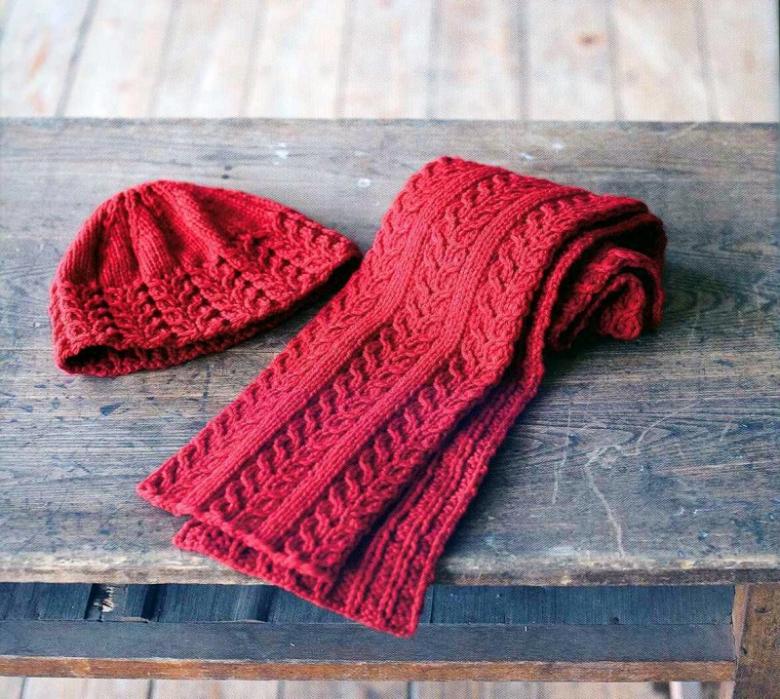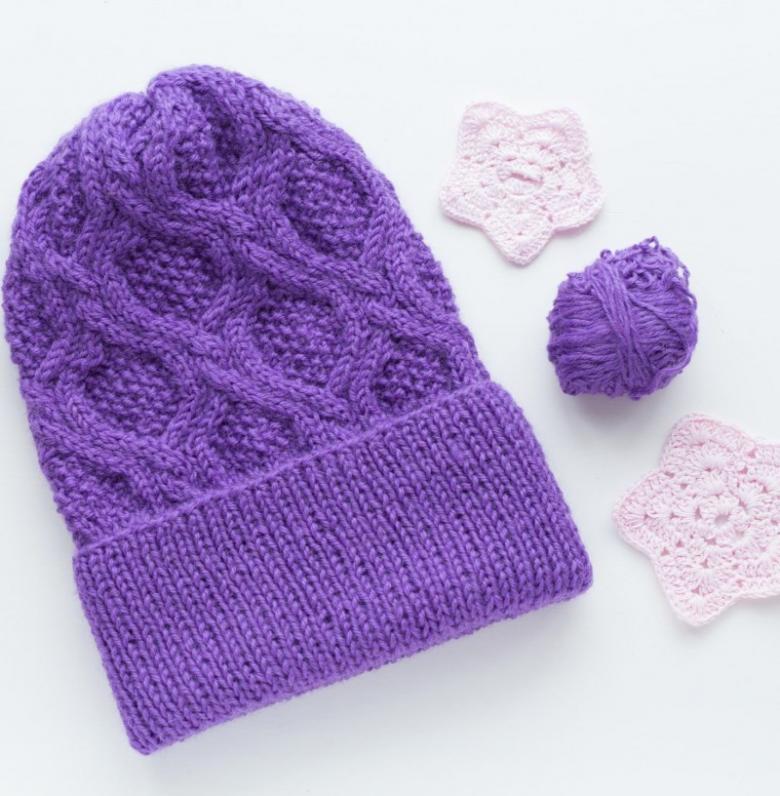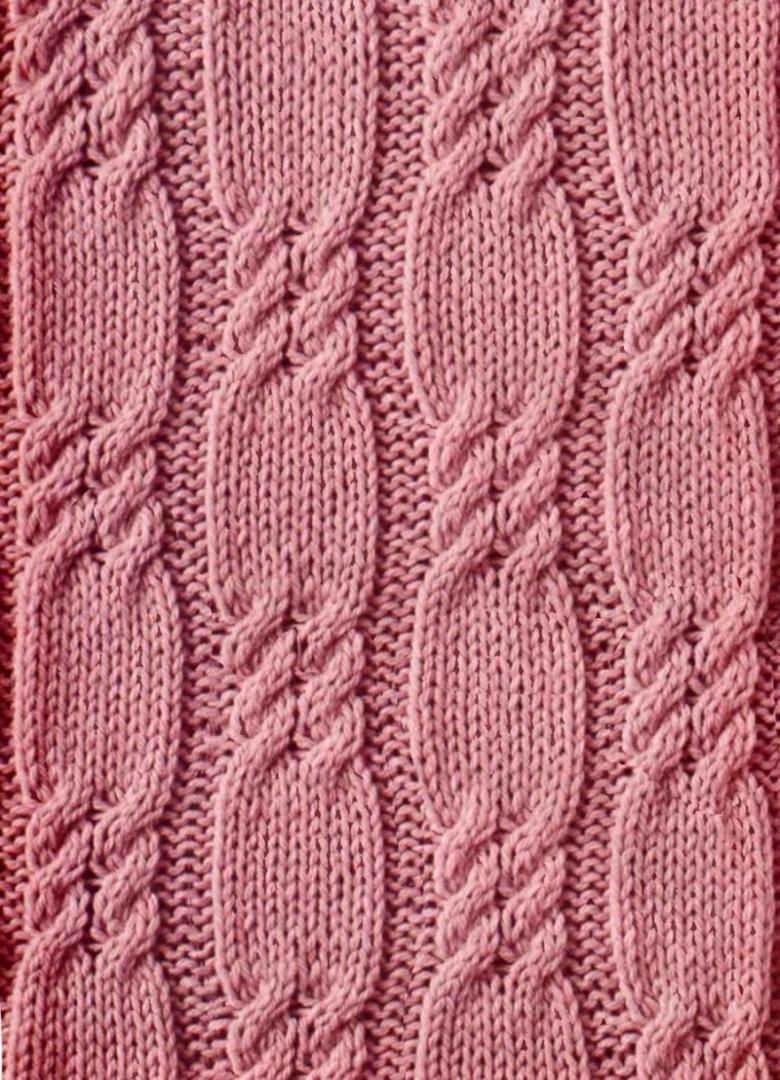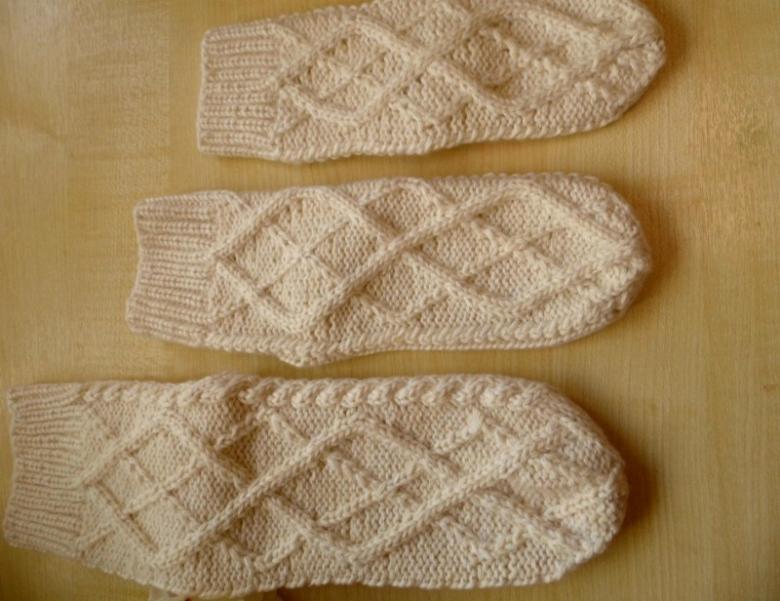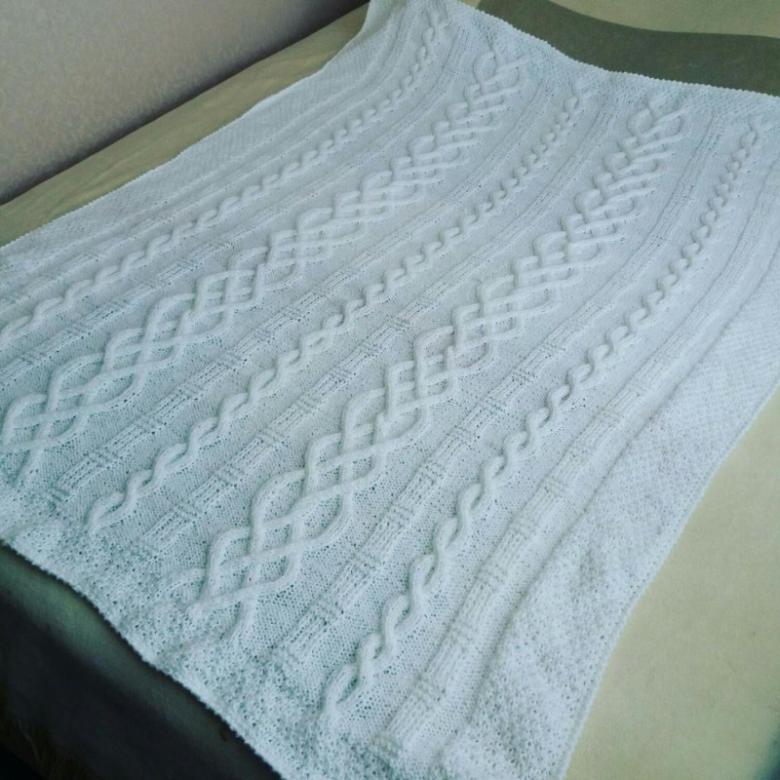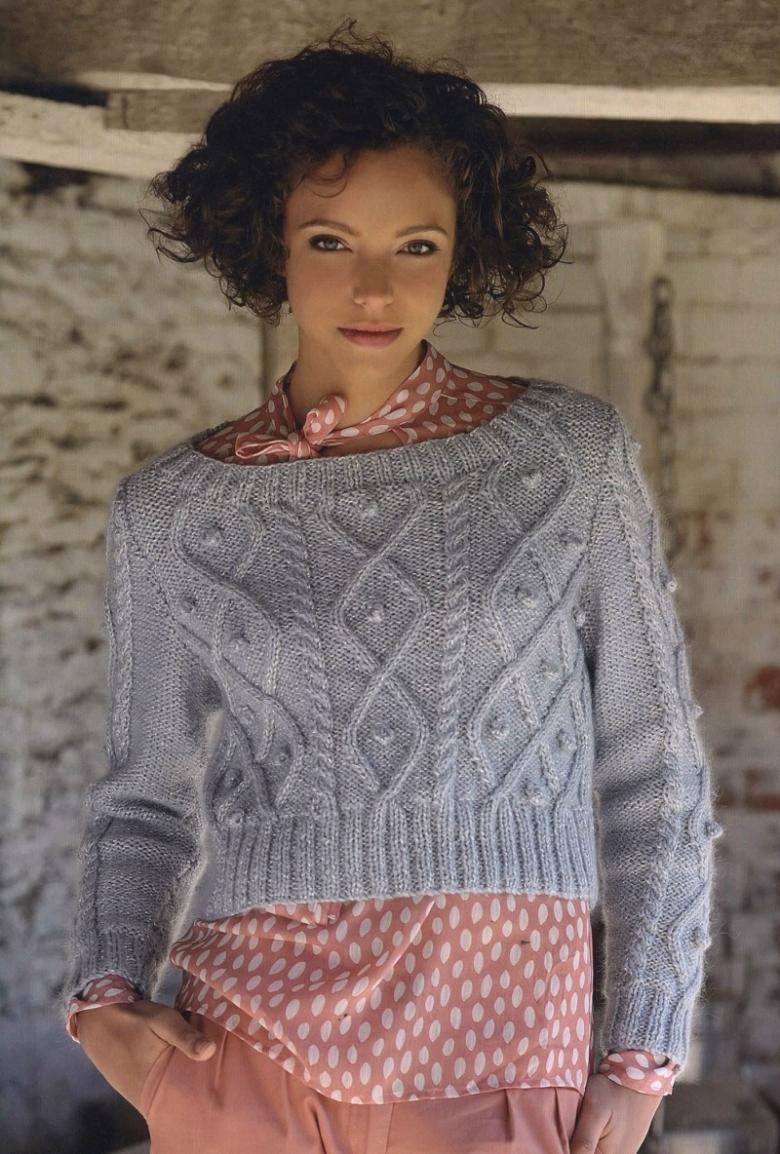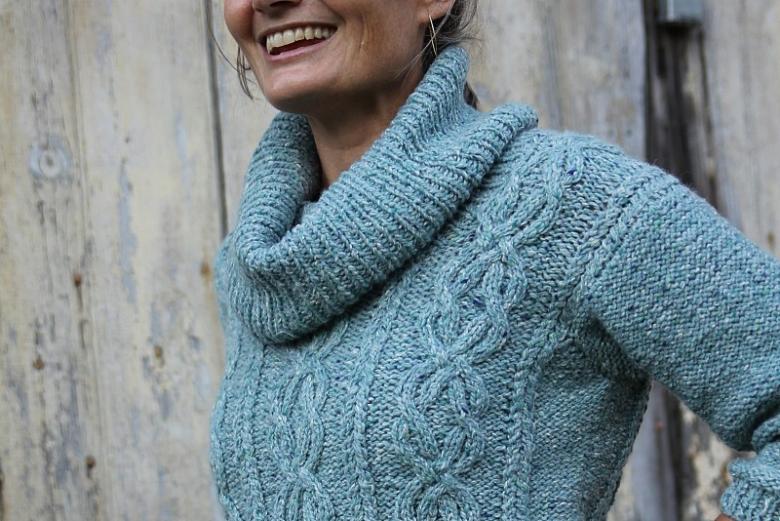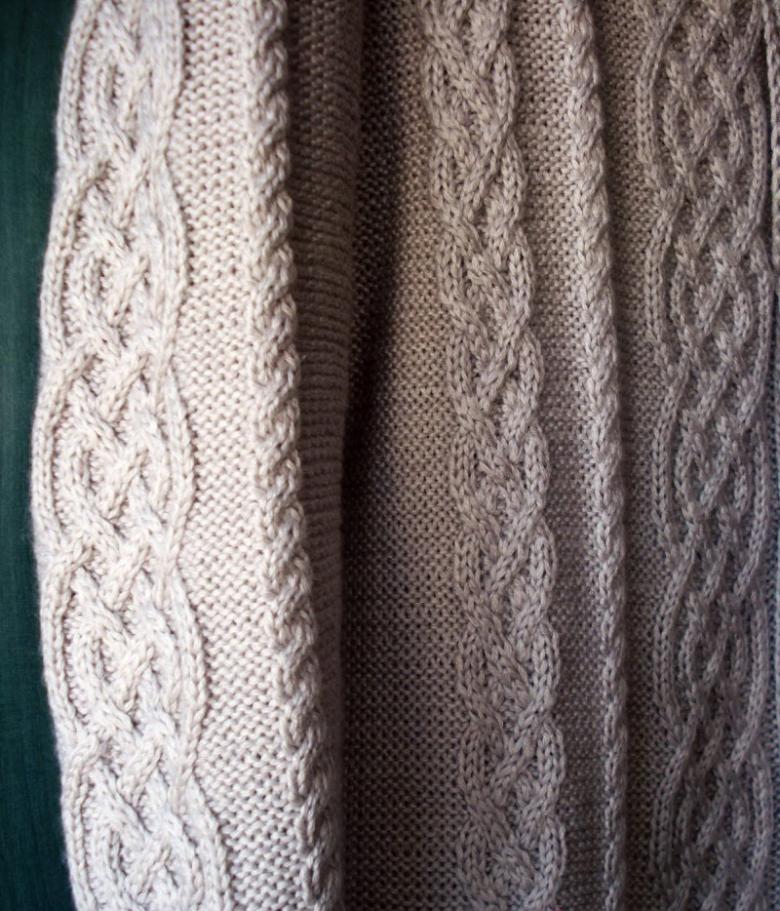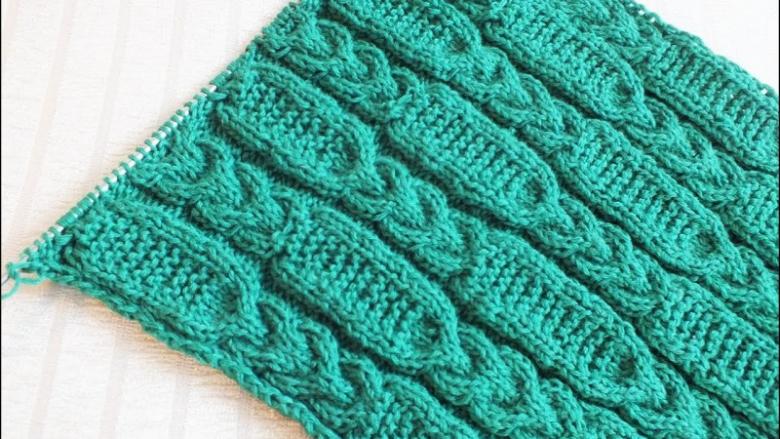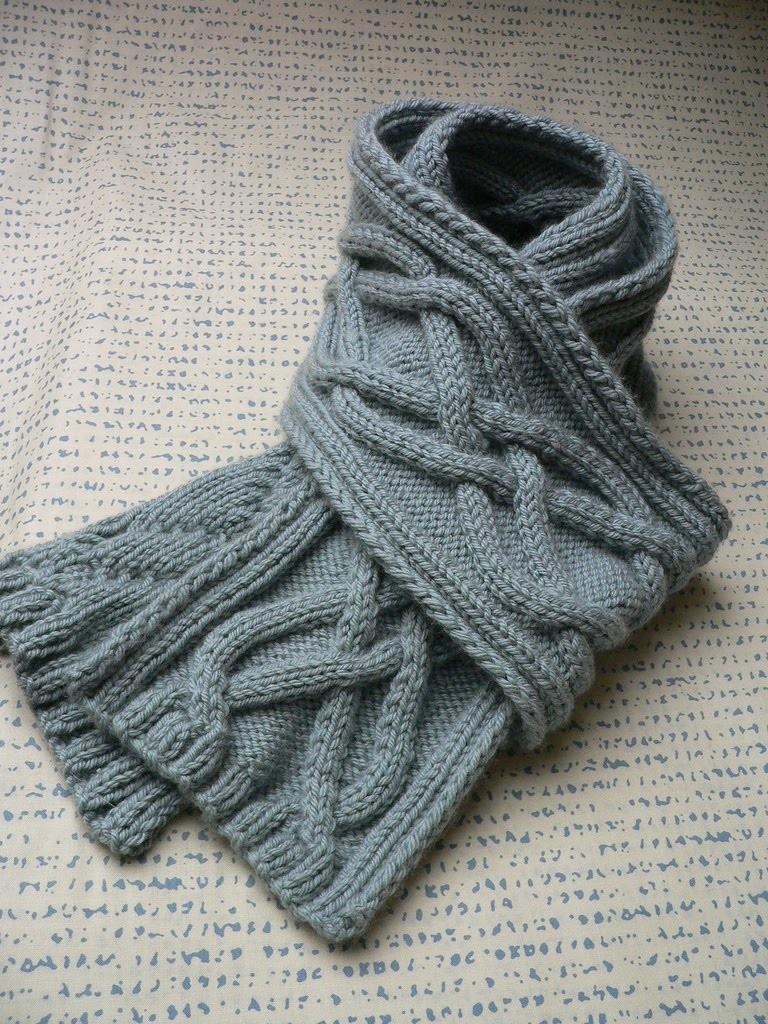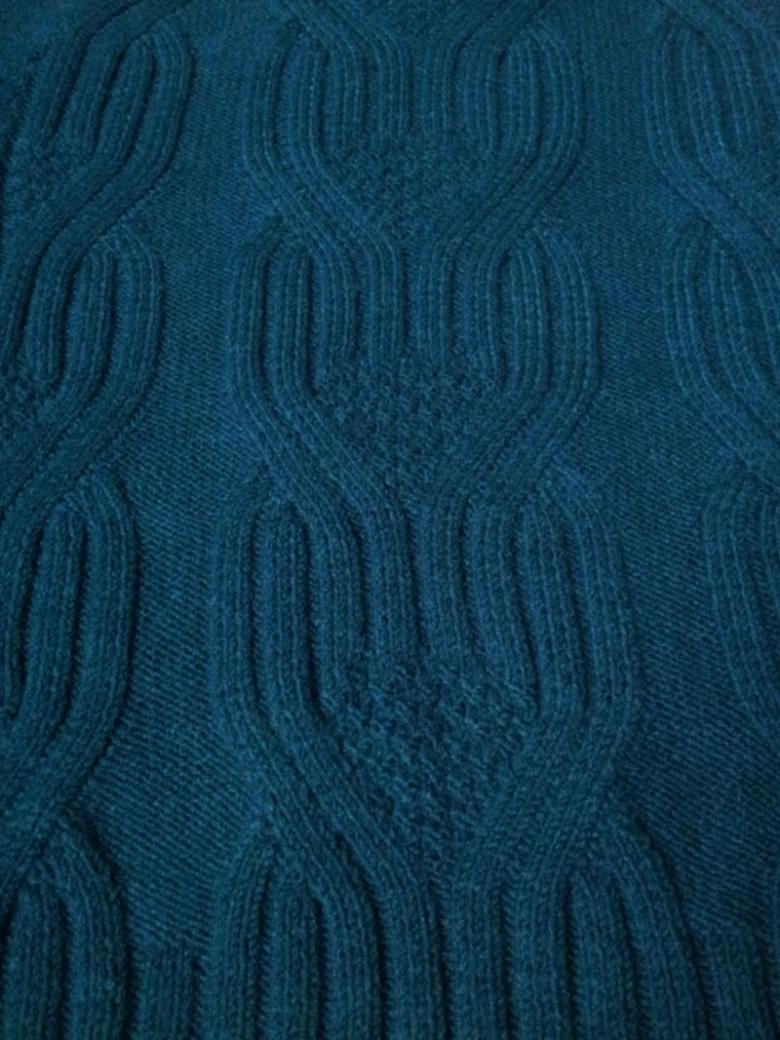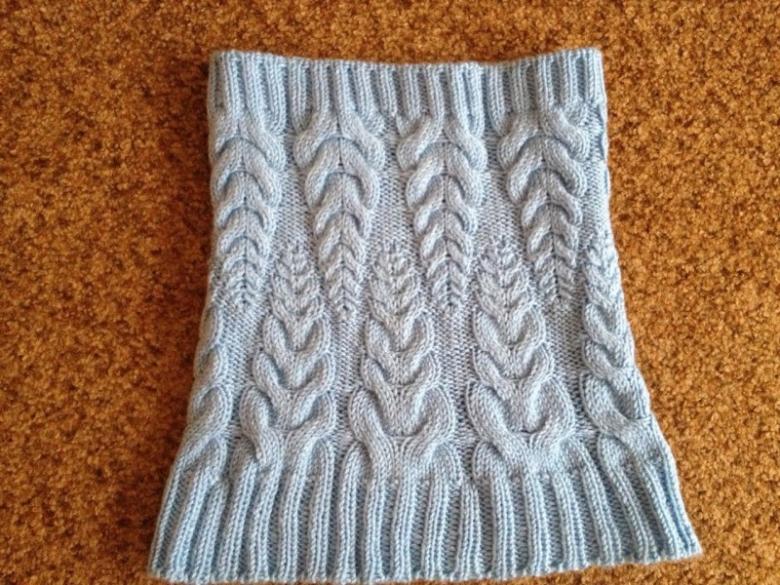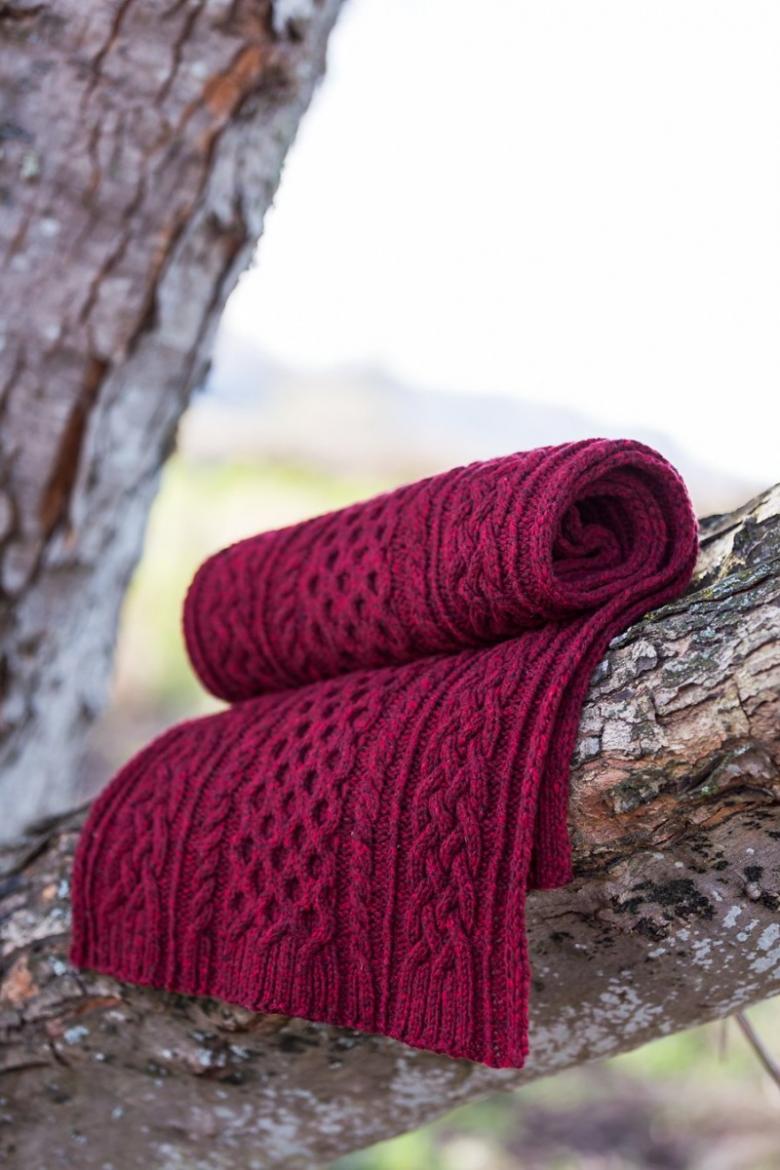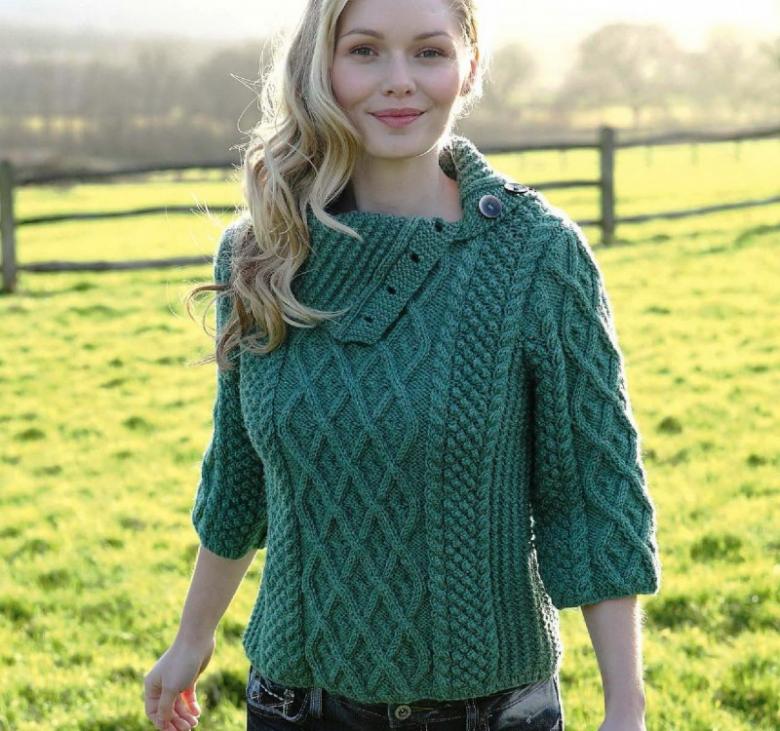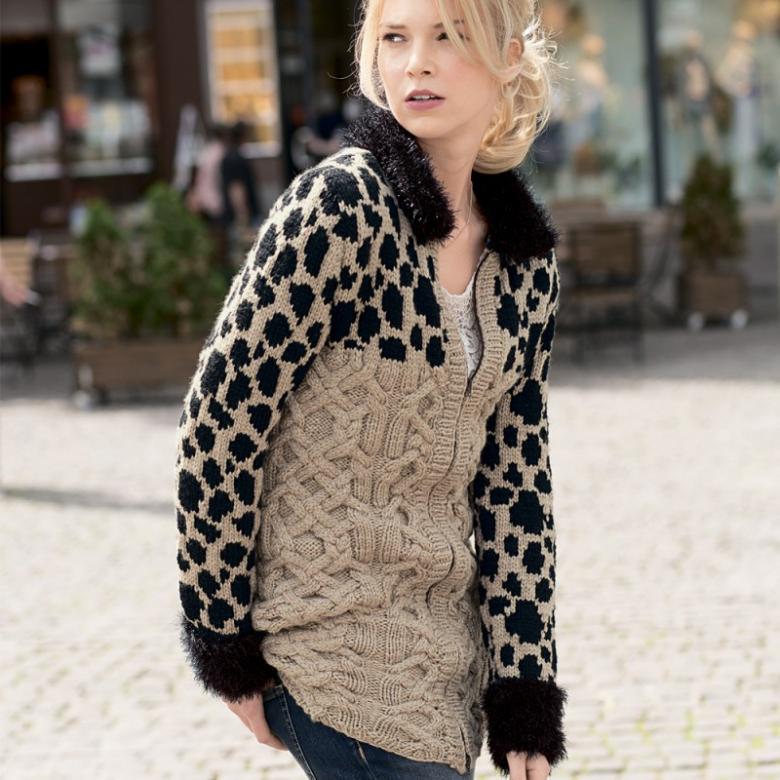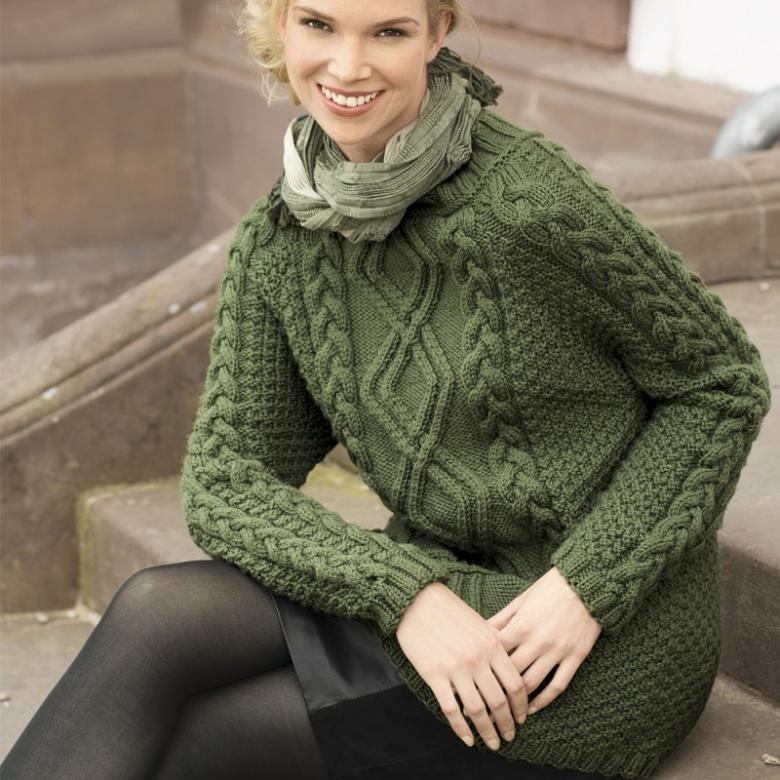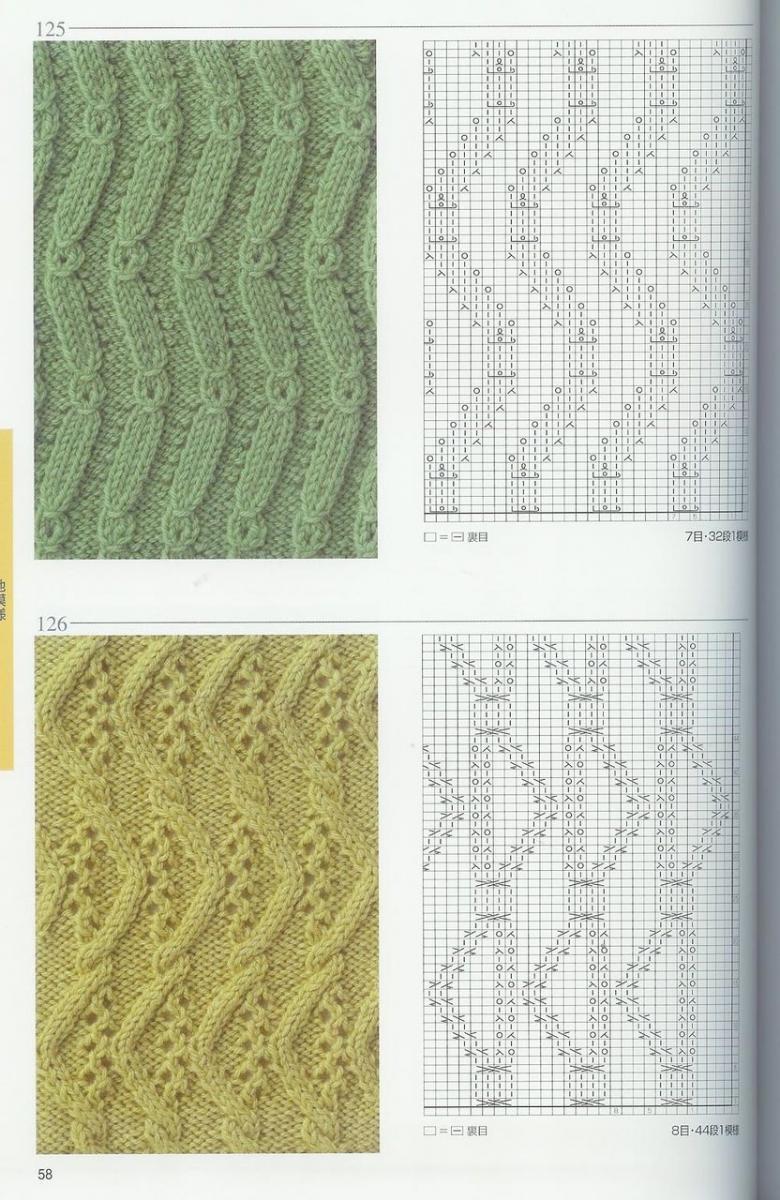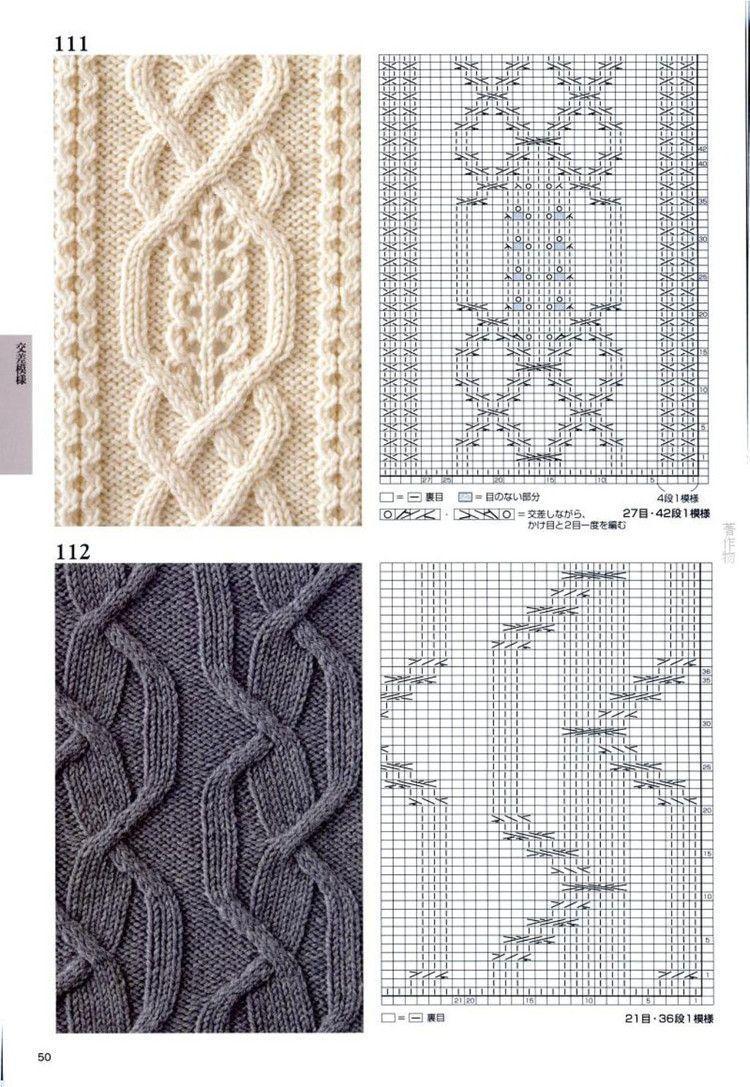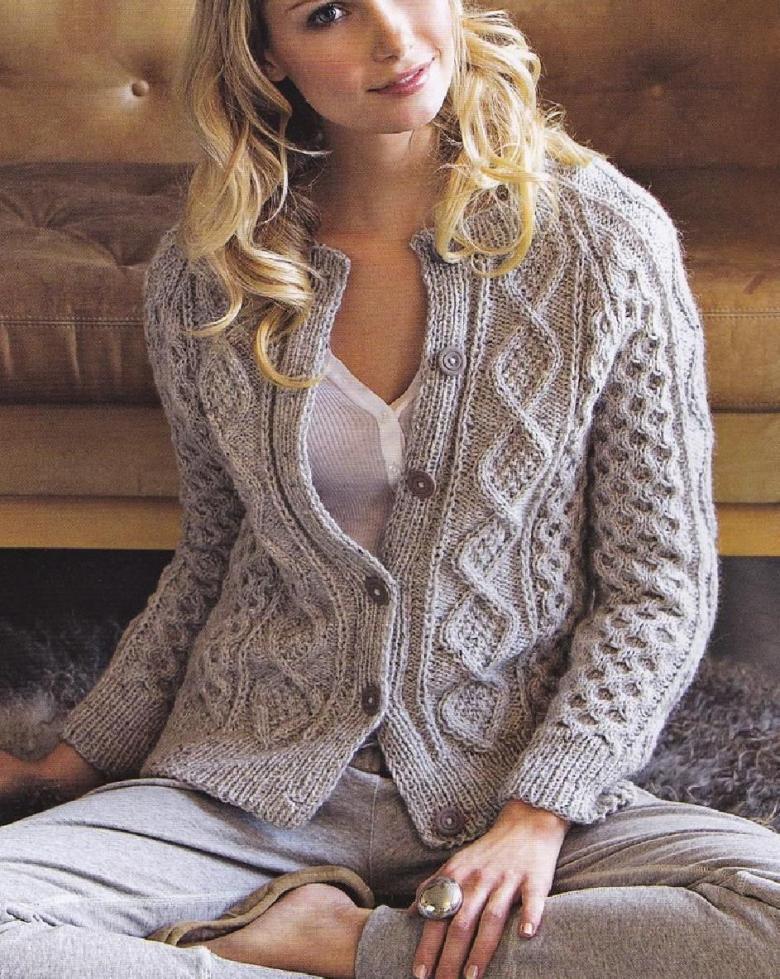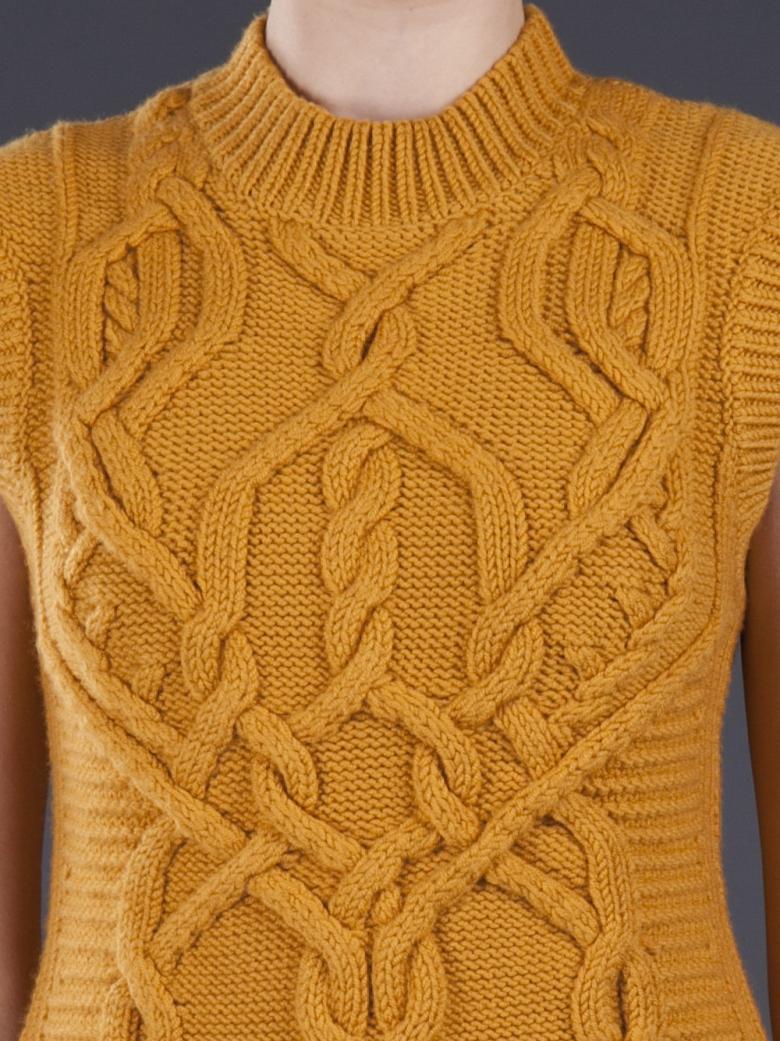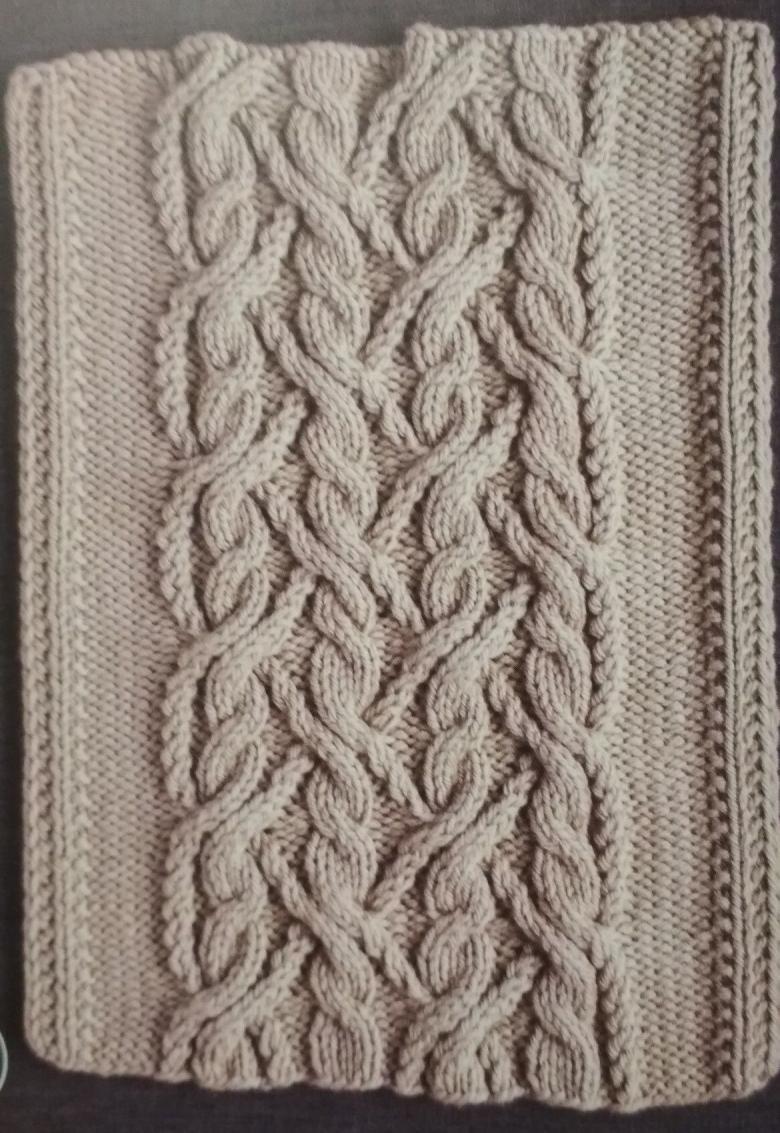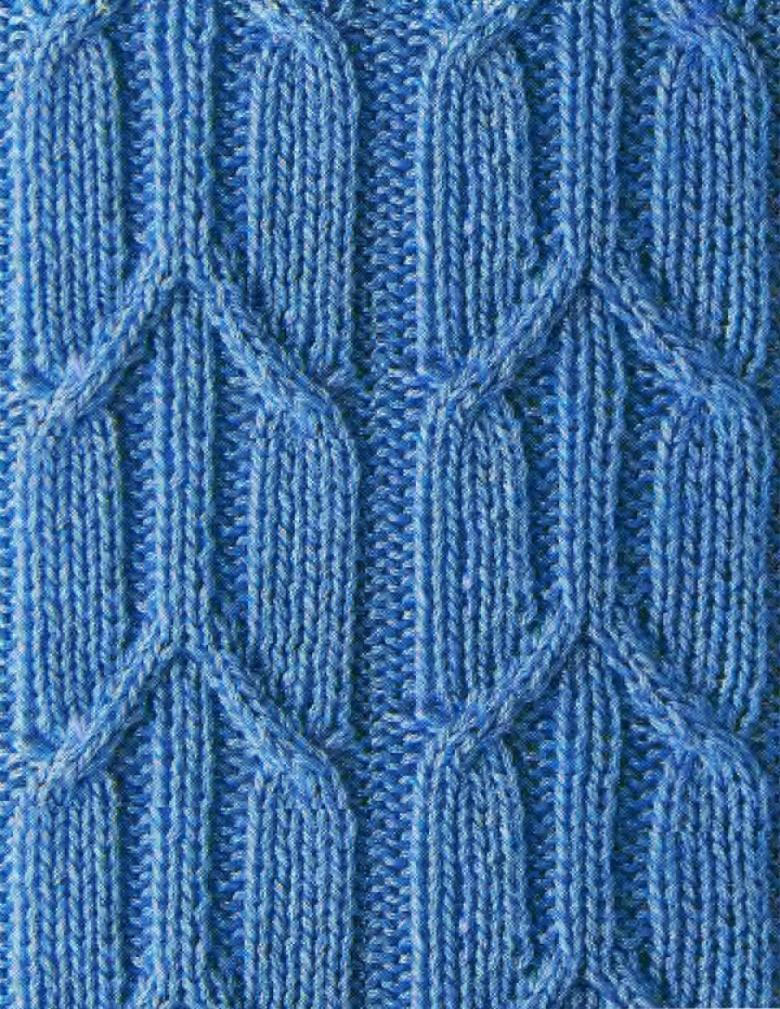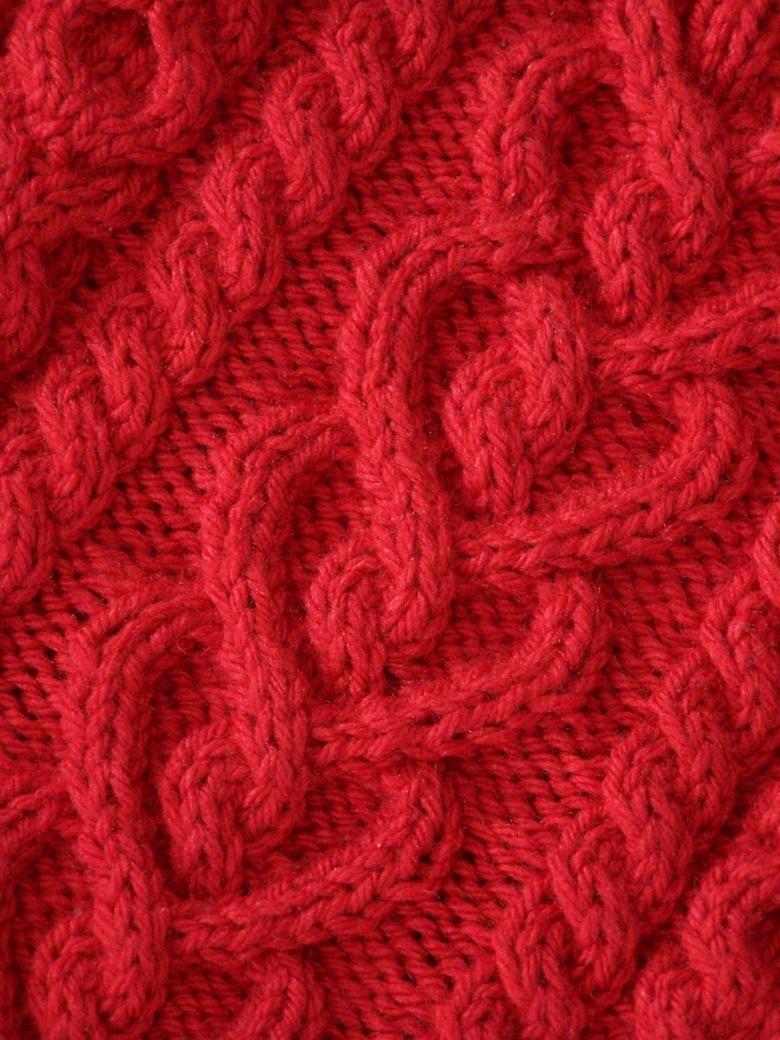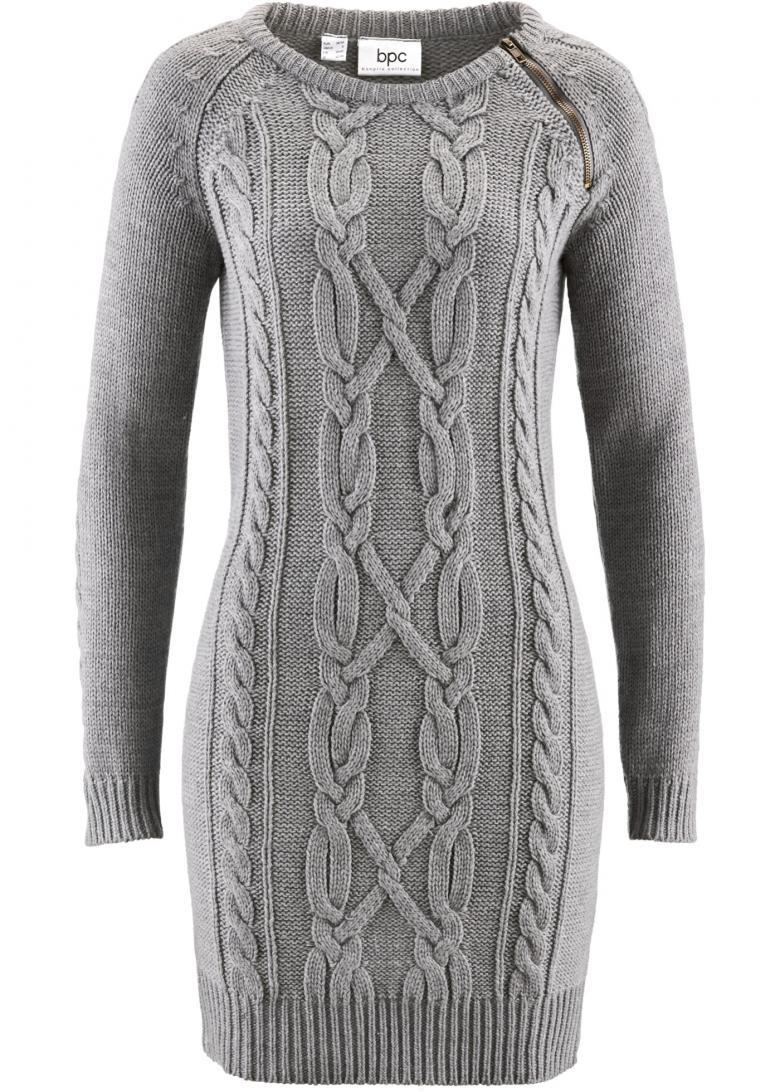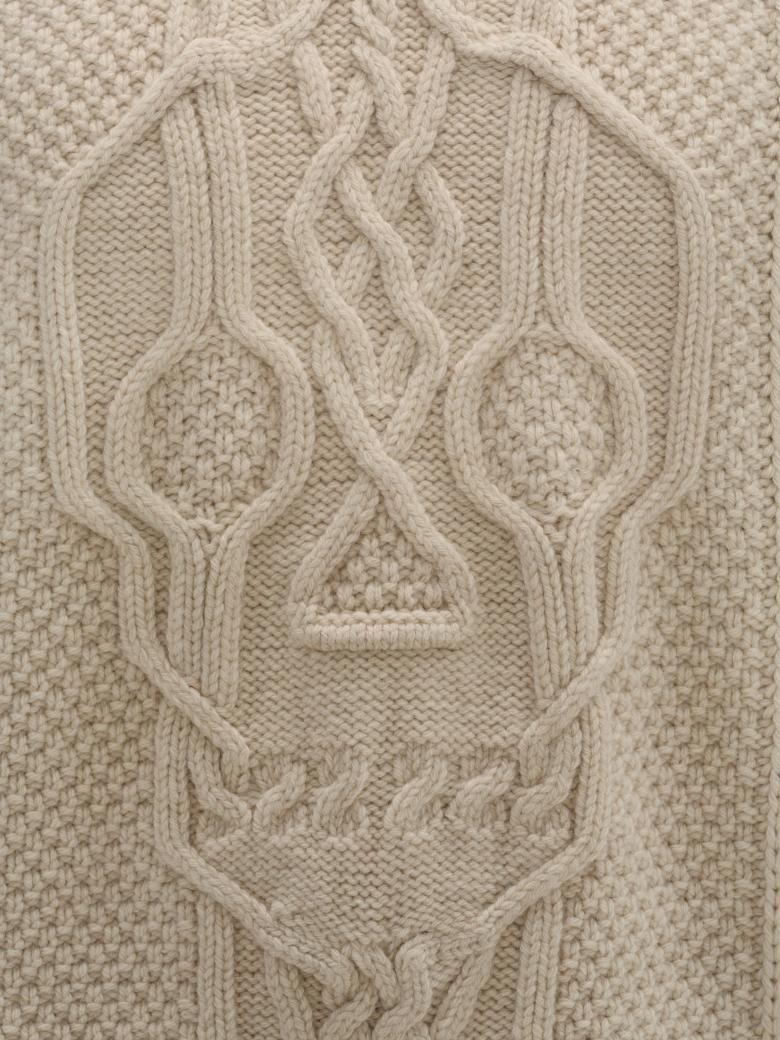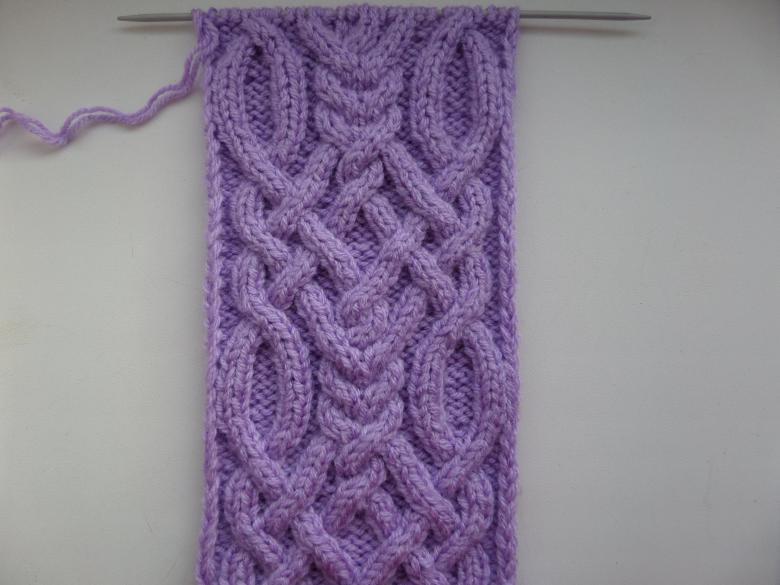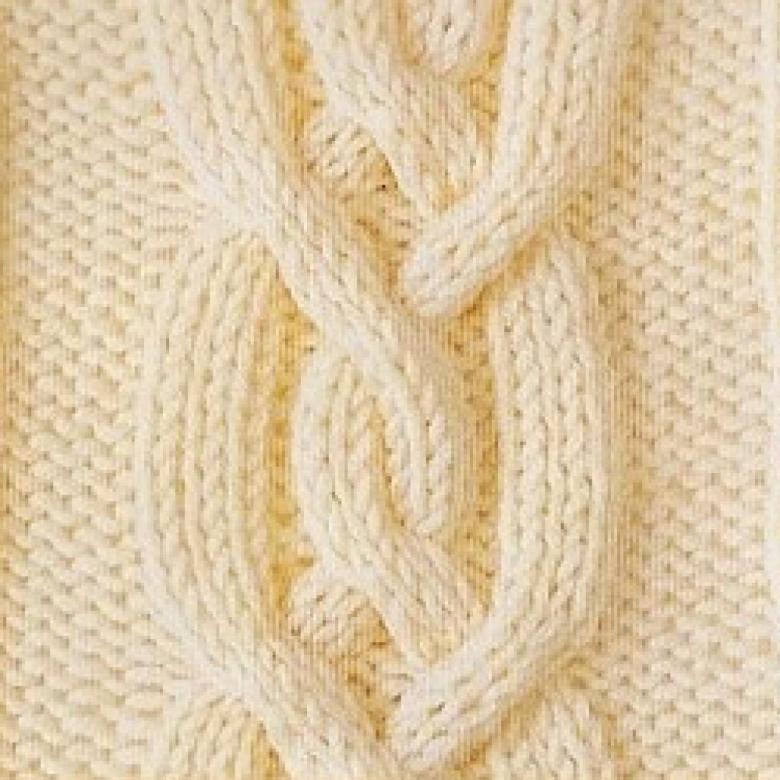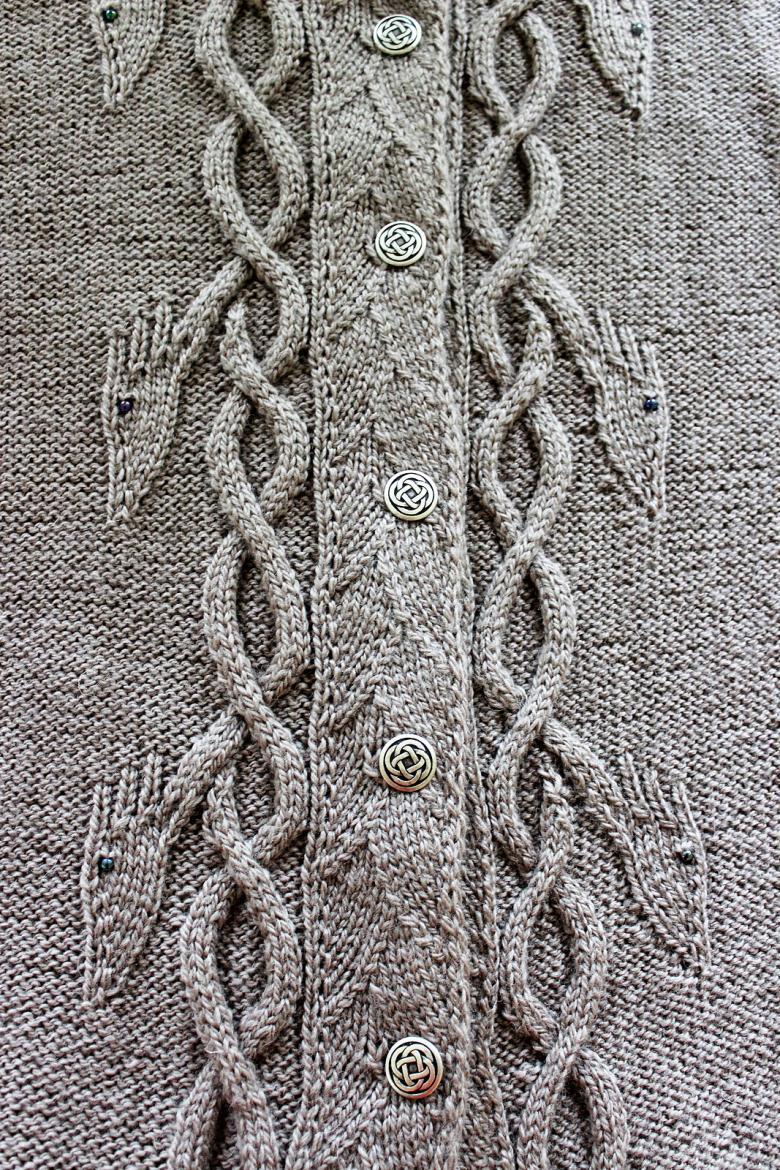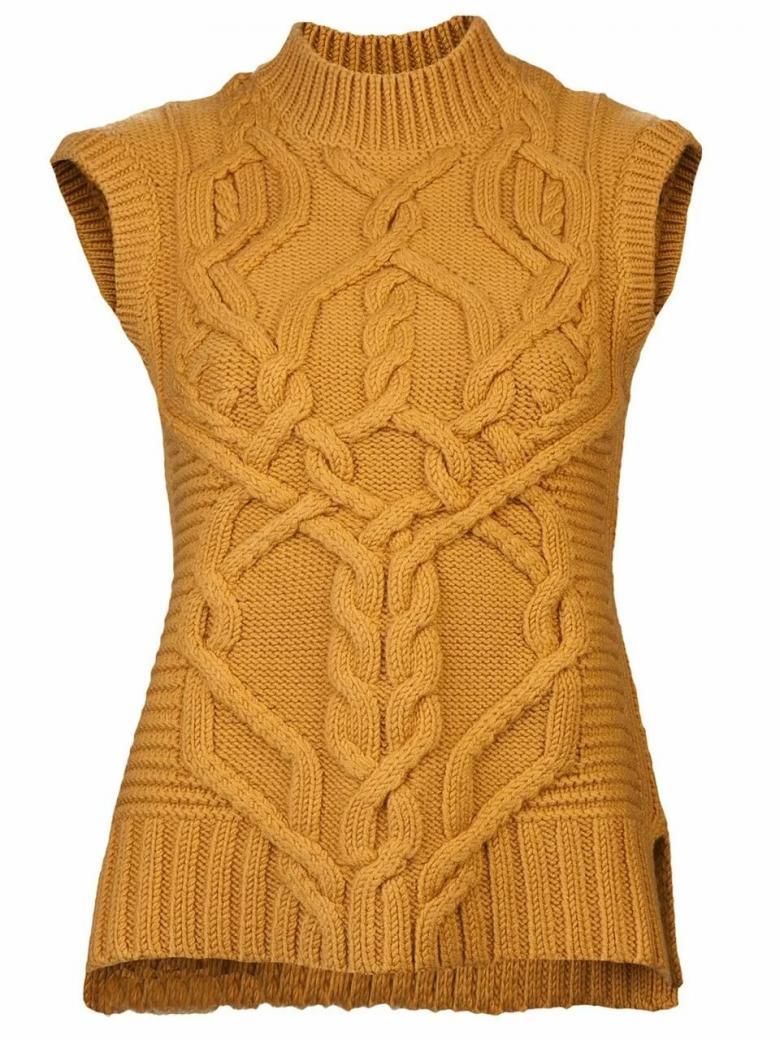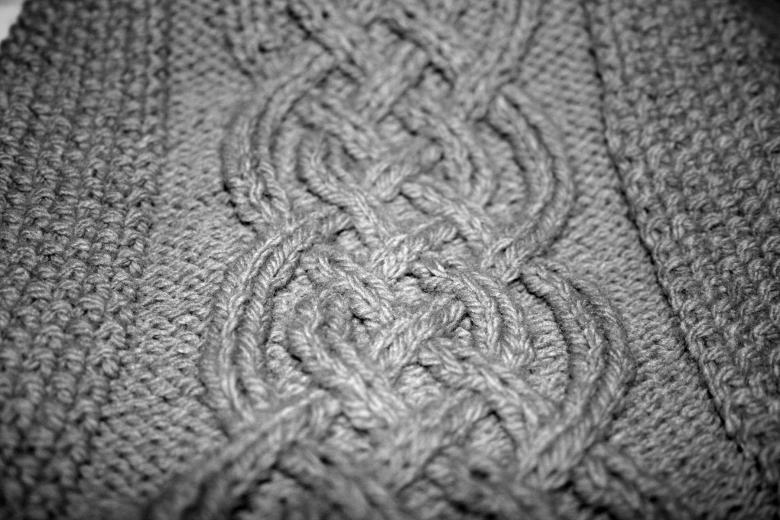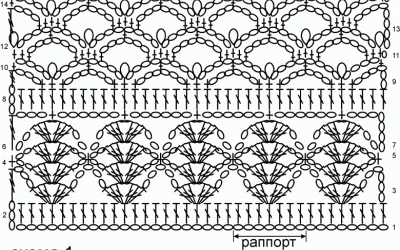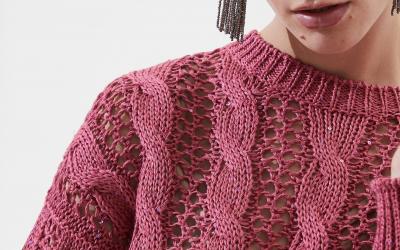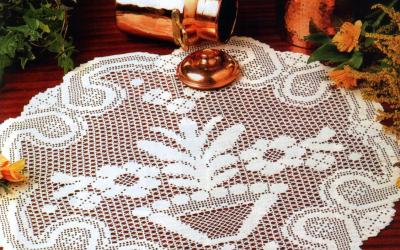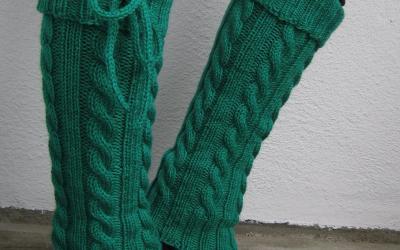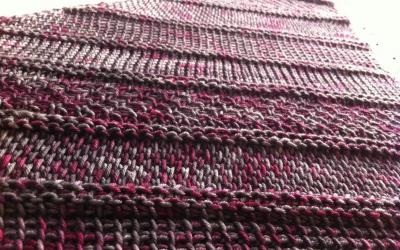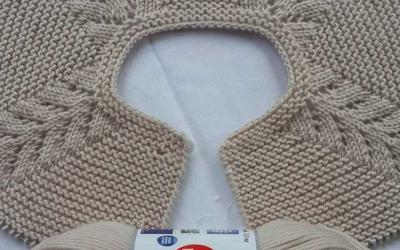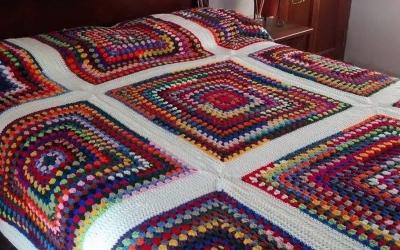Crochet scarves by Schemes for beginners and a detailed overview of the knitting technology
The stylistics of Aran knitting harnesses and convex patterns, which came from the cold Ireland, are known all over the world. Crocheting arabesques was once a purely masculine hobby - fishermen in inclement weather prepared for the cold season.
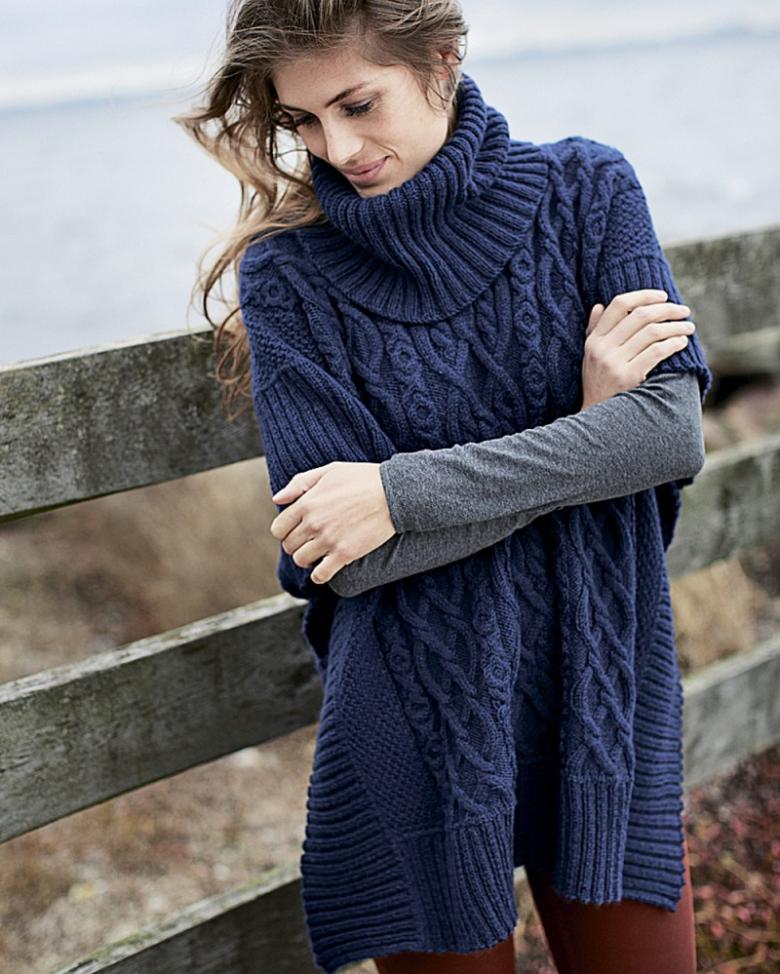
Today, this filigree knitting technique has been improved, systematized and offered in a new design incarnation. It is all so beautiful in the finished products that repetition seems impossible. But if you have patience and start reading the pattern of the aran, you can knit a lot of delightful things for the whole family.
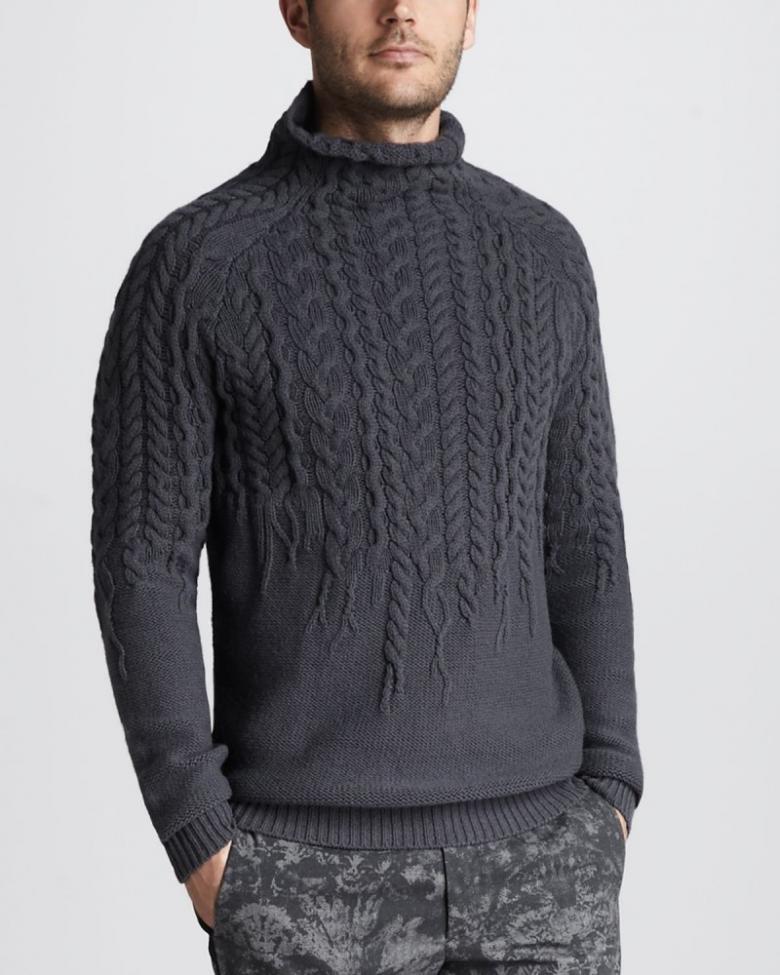
Where to learn about crochet techniques
The stylistics of knitting three-dimensional braids and intricate weaves has been stirring the minds of fashionistas and fashionistas for centuries. This technique has many fans among designers. The publication of a detailed handbook, translated into Russian, was a real sensation. Author of "Encyclopedia of patterns: plaits, flagella, arabesques, knitting on needles" - Nora Goan, this "master of plaits and braids".
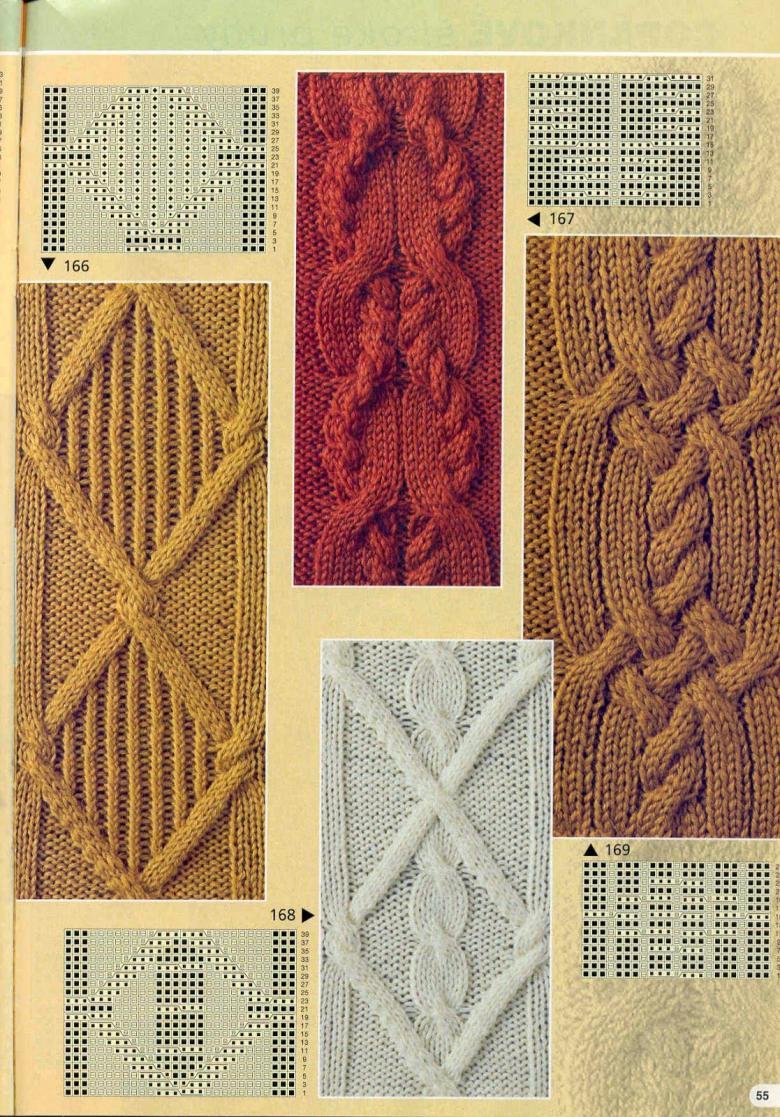
The essence of the technique is simple enough - intricate weaves are tied on the background of the wrong side of the fabric:
- "cord" patterns;
- "braids";
- figure eight".
- complex
- plaits.
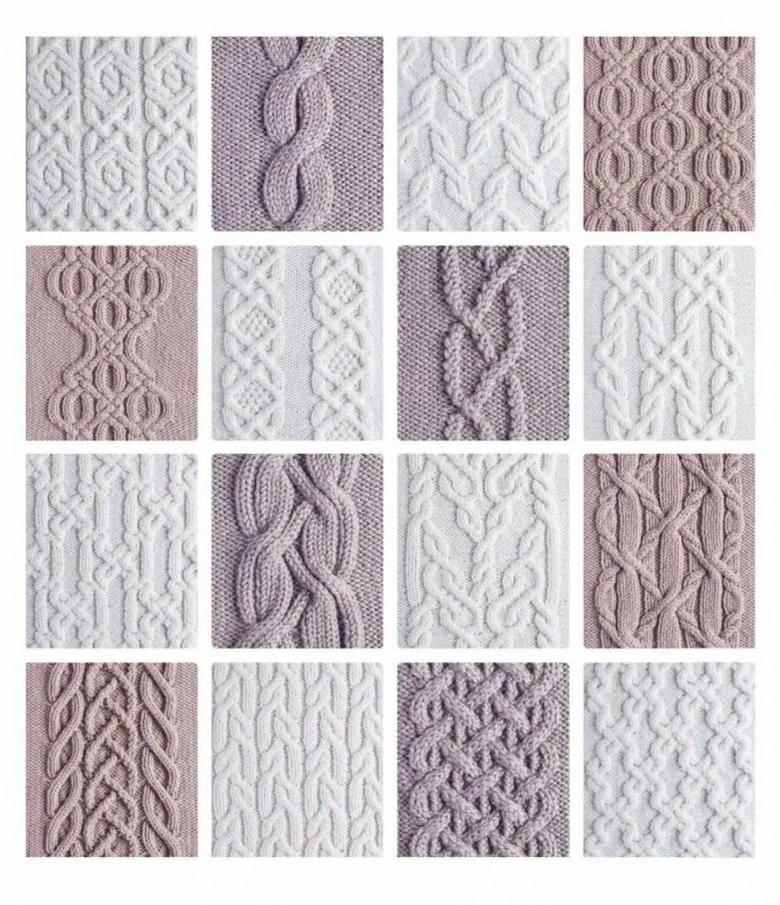
Regardless of the cut of the items, these items always look spectacular and stylish. Aran patterns have become classics, so they will never go out of fashion. Models often walk the runway dressed up in cardigans, sweaters, and pullovers made in this knitting technique on needles.
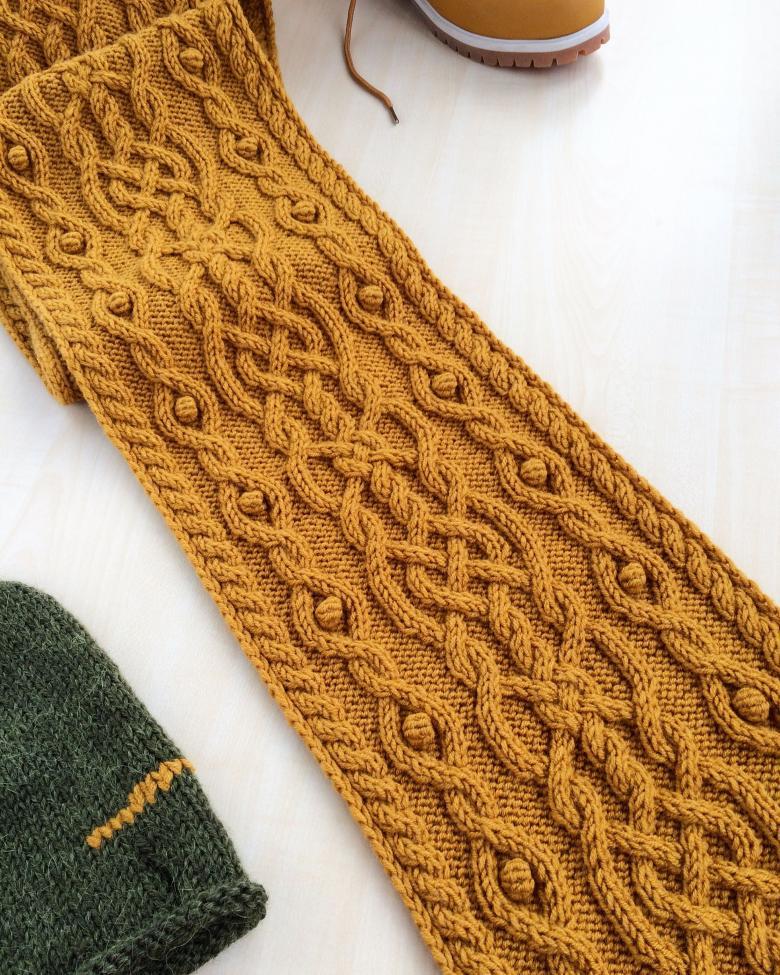
This always causes a sensation, although many skilled knitters, who have been knitting for decades, can determine at a glance the knitting scheme of this or that aran.
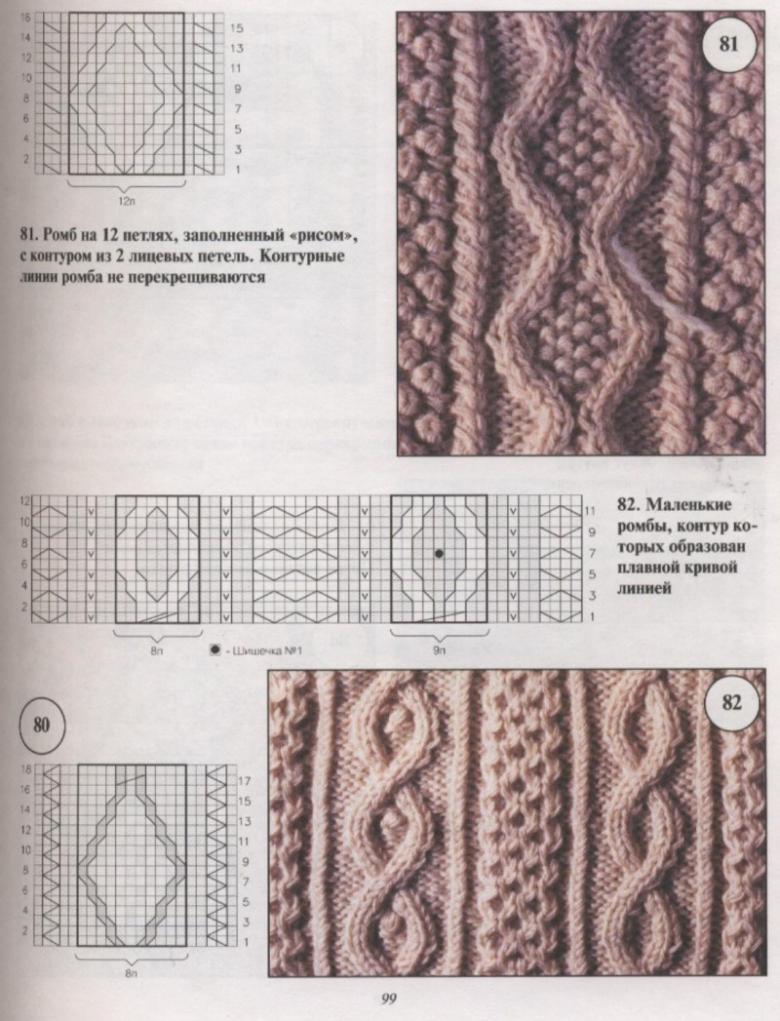
Comfortable winter clothing is the trend of the last season. It is safe to say that every Fashion House will also offer something for the season 2021 - 2022. Probably it will be not only a fashion trend, but also a collection of practical knitwear for every day.
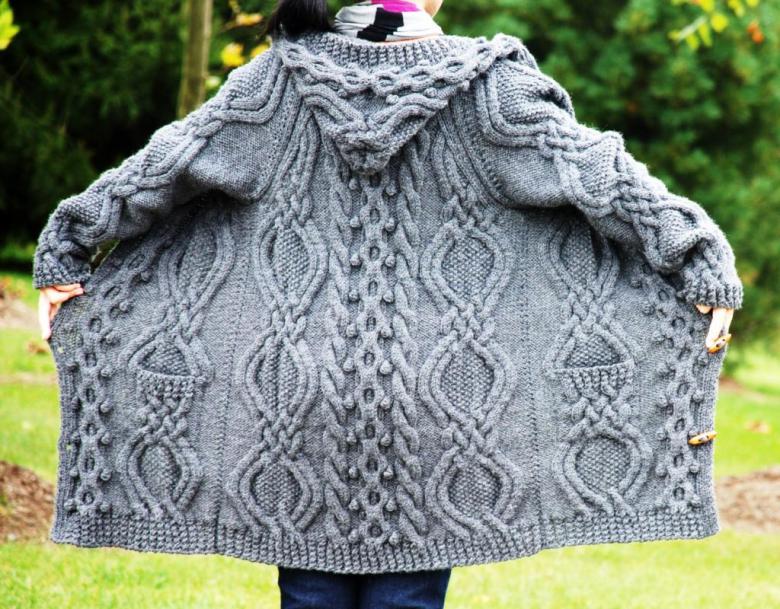
Fashionable sweaters and cardigans with acrylics are not for those who spend their evenings in front of their laptops and smartphones. Such things can be learned to knit on their own, using the schemes that needlewomen generously share in social networks, borrowing free schemes and master classes on knitting complex braids and arans.

The peculiarity of the knitting technique of arabesques
The luxurious handmade knitwear impresses with its exquisite simplicity and the precise proportions of the ornate harnesses. These pieces are worn on holidays and weekdays. Especially luxurious these patterns with interlacing and crossing of the front and back loops look on products made of natural yarn of light tones:
- white;
- milk;
- light beige;
- cream;
- boiled condensed milk color;
- pearl gray;
- "Ecru or unbleached wool.
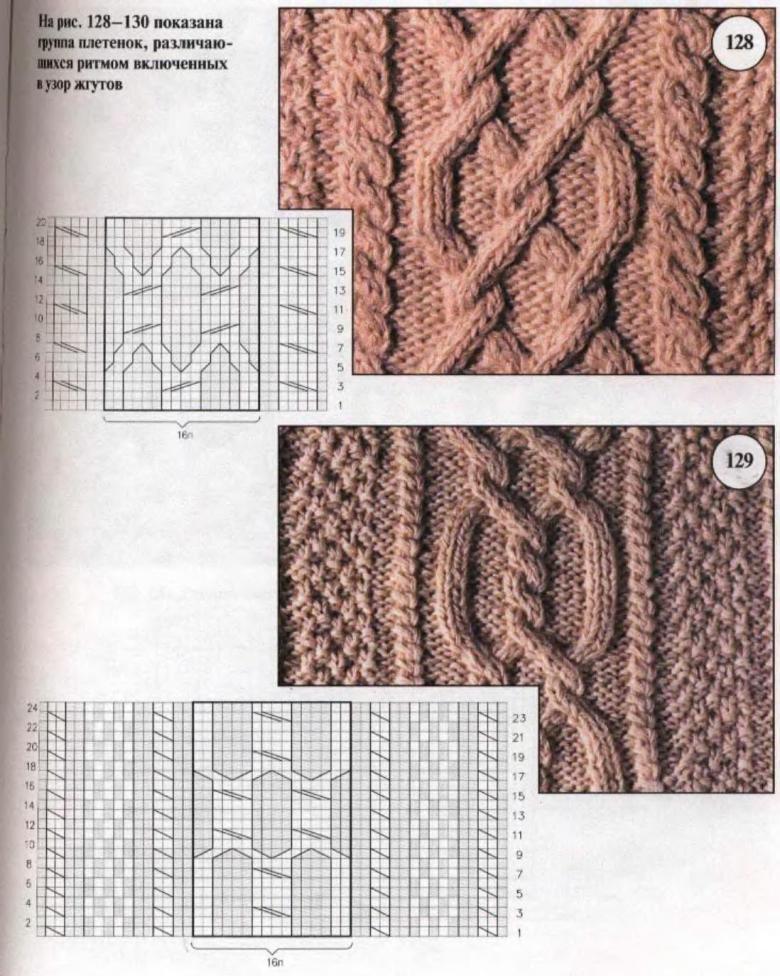
Important! Voluminous sweaters for men, women and children can be knitted with the same patterns - it will be relevant and very stylish. Therefore, you can safely borrow the patterns for knitting aran scissors - schemes with descriptions often "migrate" from women's things to men's things and back.
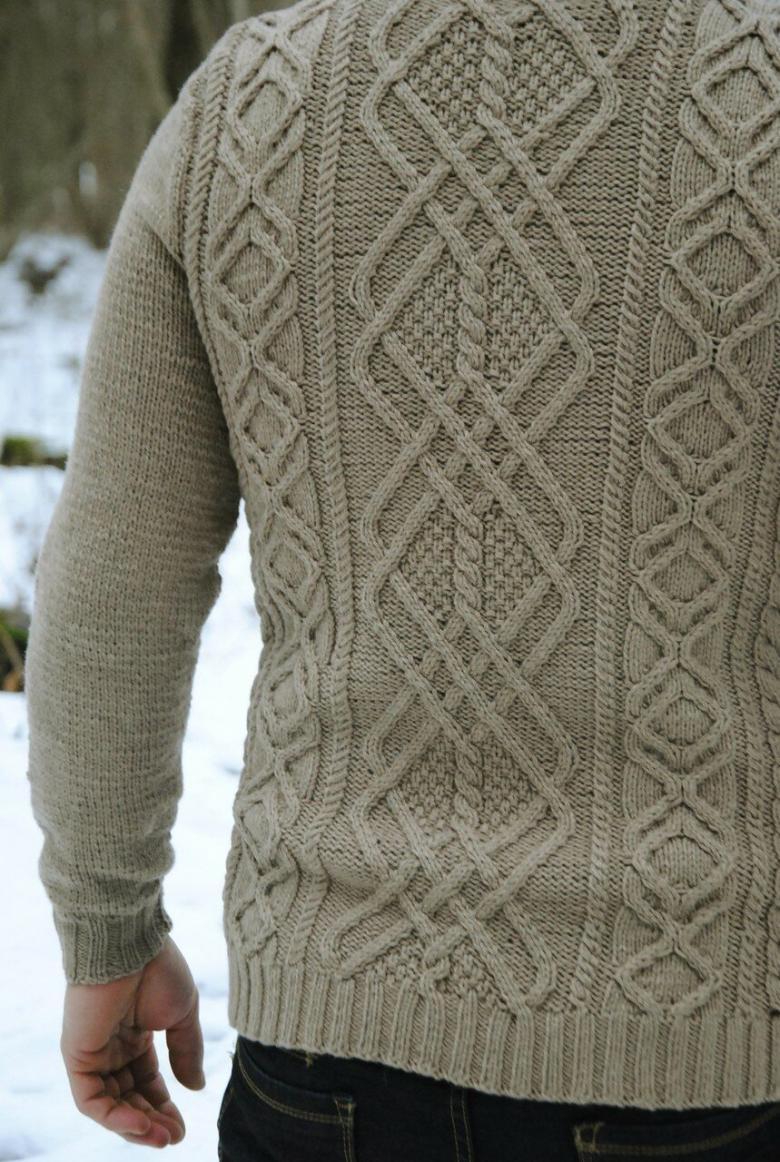
A practical knitting guide from the famous designer Nora Goan contains the most complete collection on how to perform intricate weaves. The motif schemes outlined in the book largely destroy the stereotypes entrenched in modern approaches to needlework. Electronic format of the encyclopedia of arans is four times cheaper than the book edition.
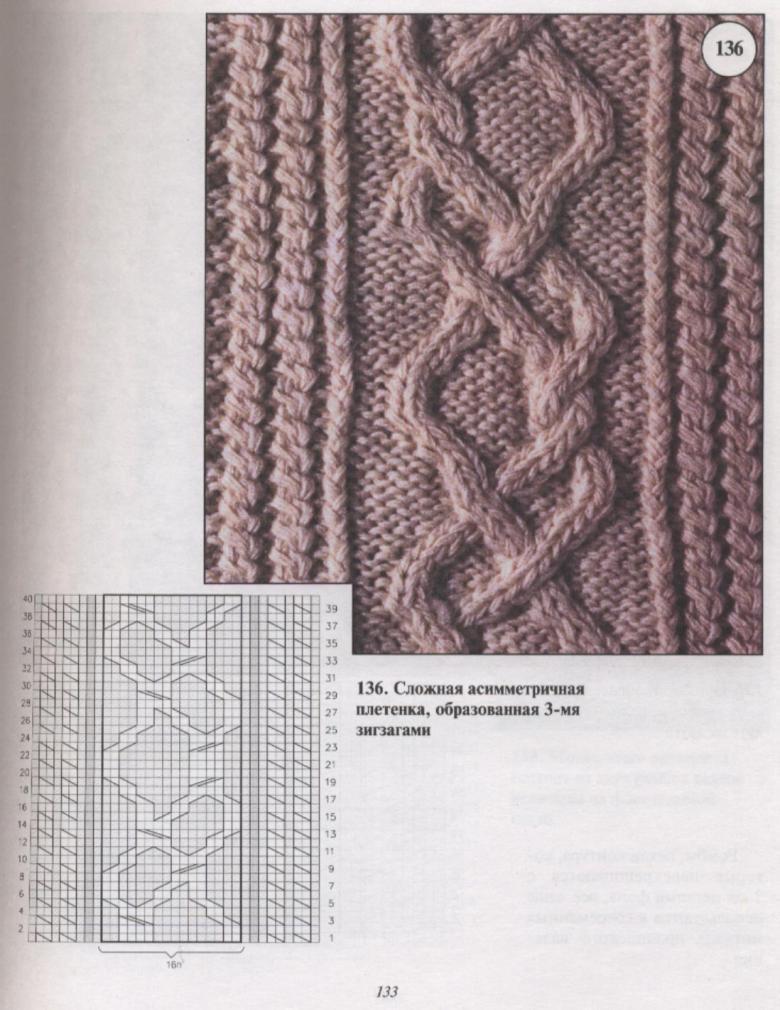
The unique author's technique, outlined by the famous designer, can be simplified or experimented with, if you are an experienced knitter with years of experience in knitting. Using the combined technique, you can achieve even greater heights.
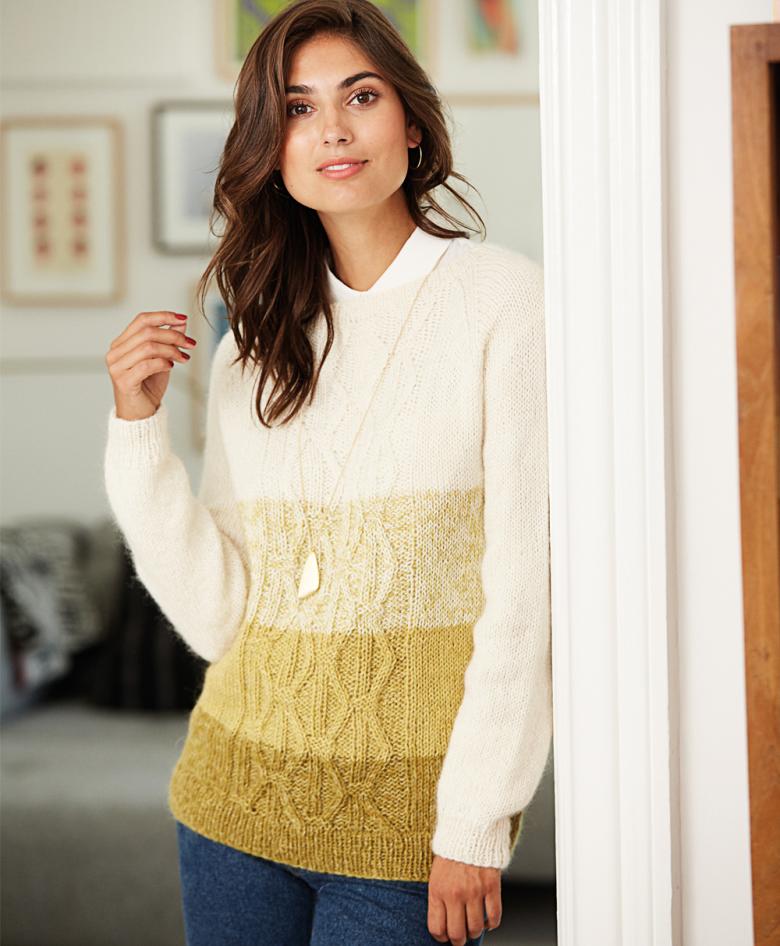
If you learn how to crochet cross stitches in crochet - rhombuses, braids and aranas, similar to the execution of spokes, will be available to everyone. See how the masters are hand-knitted unusual things in a combined technique, by both needles and crochet - that's how eminent couturiers embody their ideas for the runway. Some models are quickly "read", they are repeated, making adjustments to the "incomprehensible" schemes.
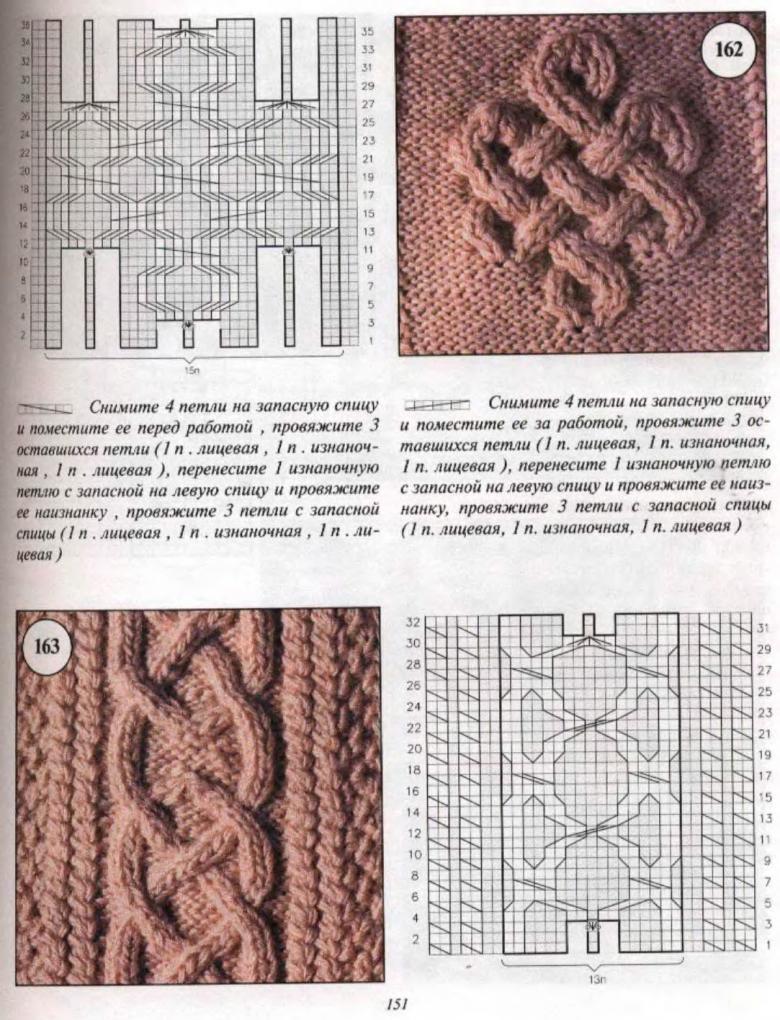
How to read arams schemes?
The original technique is better to start mastering with knitting a hat with aranas by scythe (for women). Subsequently, it will be easy to complex products, learning to read simple schemes of interlacing harnesses.
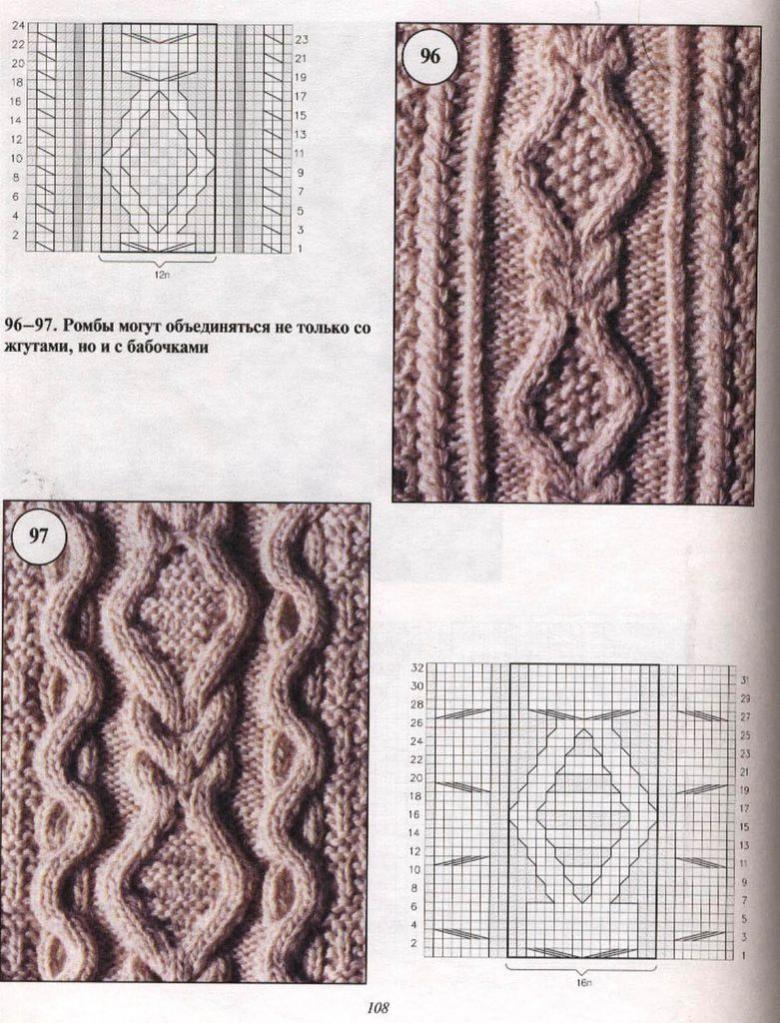
Important! The basis of the technique is the transfer of loops on an auxiliary needle to shift to the right or left part of the harness. Experienced masters flip and pick up the loops when crossing without auxiliary devices. Sometimes toothpicks are used.
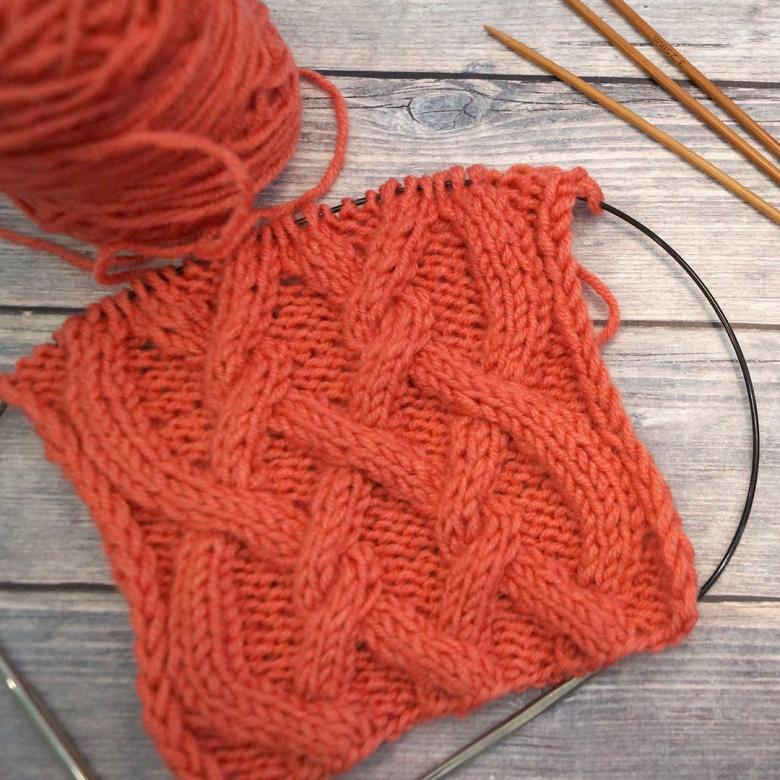
Schemes are written in different ways, but they have something in common. Any pattern has a pattern rapport (repeated part), edge loops (not involved in the description and the main pattern).
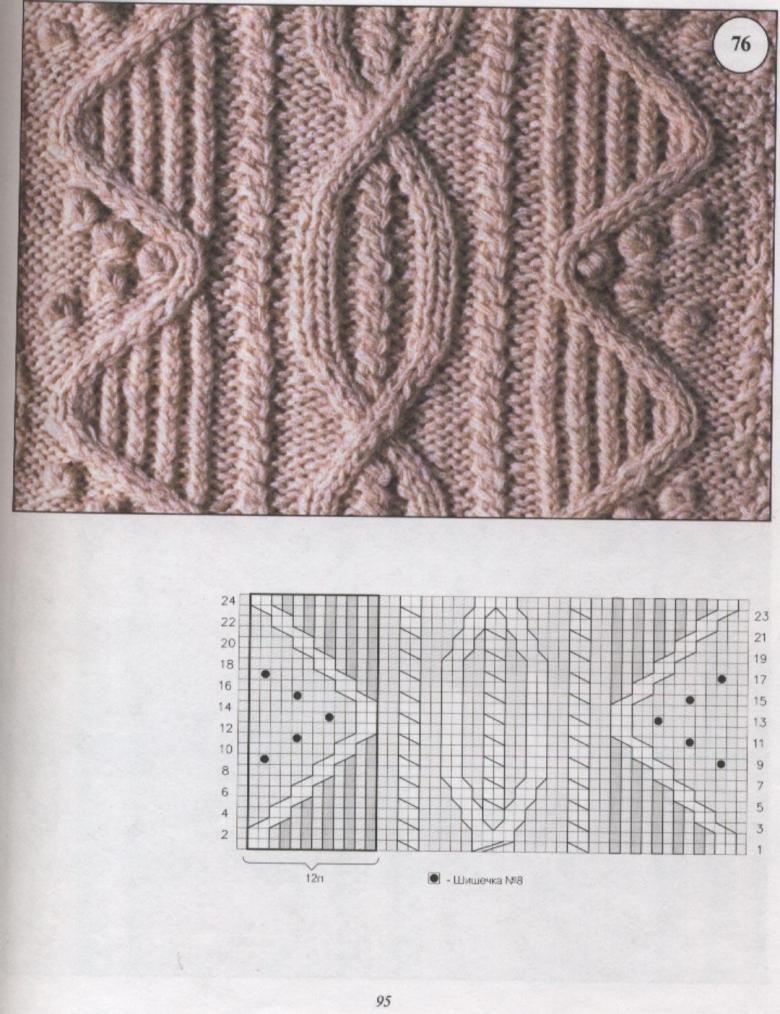
Front loops are indicated by ticks or sticks. The wrong ones are marked with spaces, U-designations, or short horizontal lines. Most diagrams are fixed by the cells, where only the front rows are reflected. The loops in the back rows are knitted the way the loops are laid down - the front over the backs, the backs over the backs, and the backs over the backs, although they are rare.
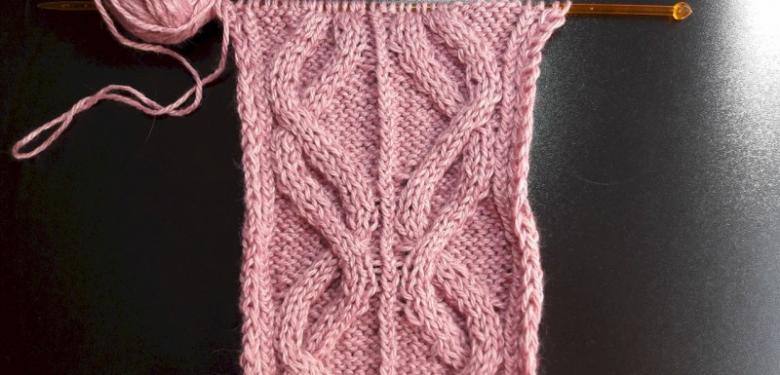
Horizontal "forks" covering part of the harness are transfers with a crossed portion of the loops. In complex aran patterns, the loops are shifted in almost every face row. Simpler harnesses and figure eights involve shifting stitches 3-4 (or more) rows apart. The beauty of the patterns is in their periodicity (repeating the rapports).
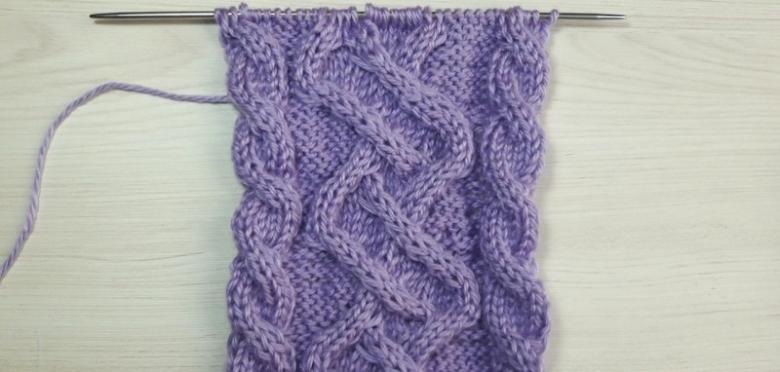
The photo is an example of crochet aran with a detailed explanation of where, how and how many to move the stitches to the right or left.
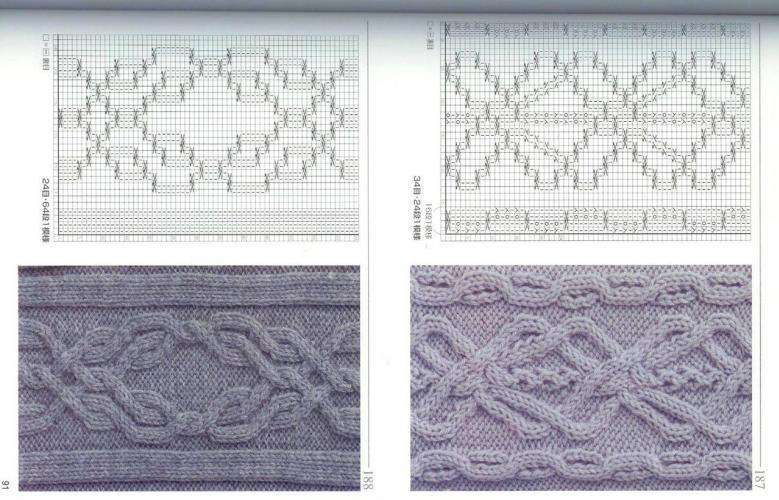
A simple aran knot
The simplest weave is considered a "figure of eight". This is a classic of Aran patterns. To knit the pattern, an even number of loops are dialed in. Eight can cross from left to right or right to left, the periodicity does not change throughout the "pigtail".
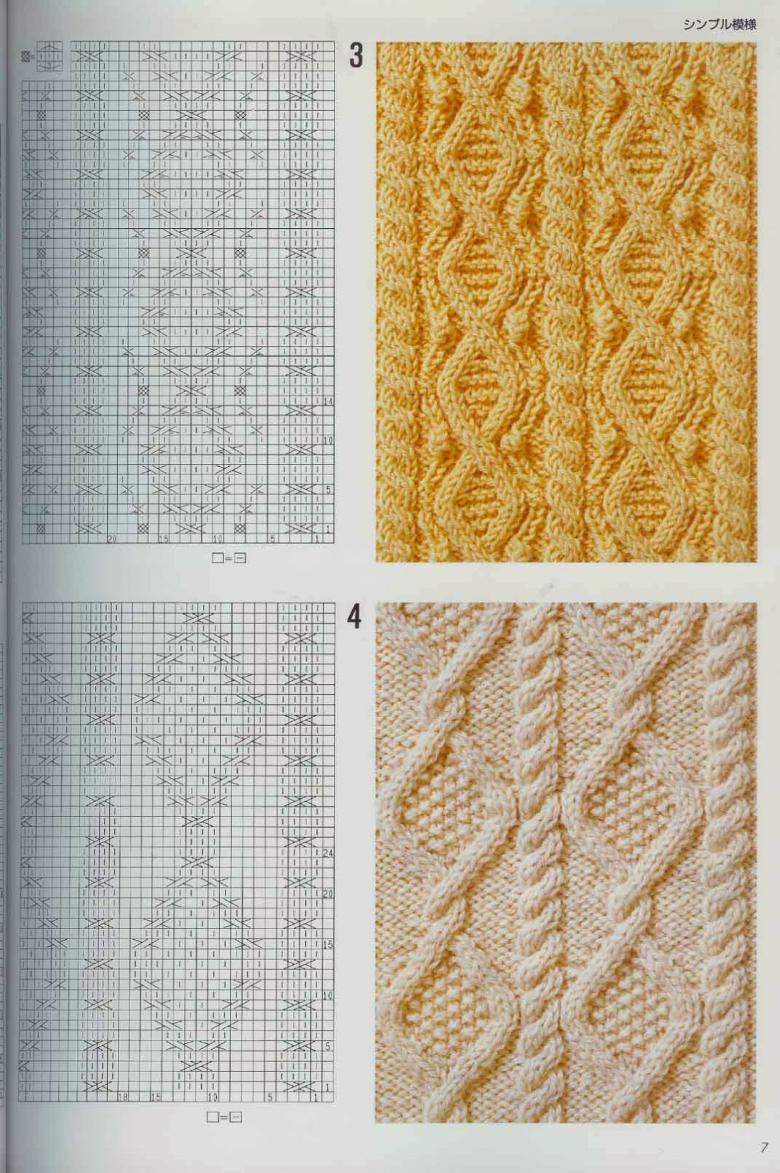
Note! If you knit symmetrical shelves or side elements of complex arahns, it is desirable to make 8-pieces with mirror symmetry, one weave from the center to the right, the other from the middle harness - to the left.
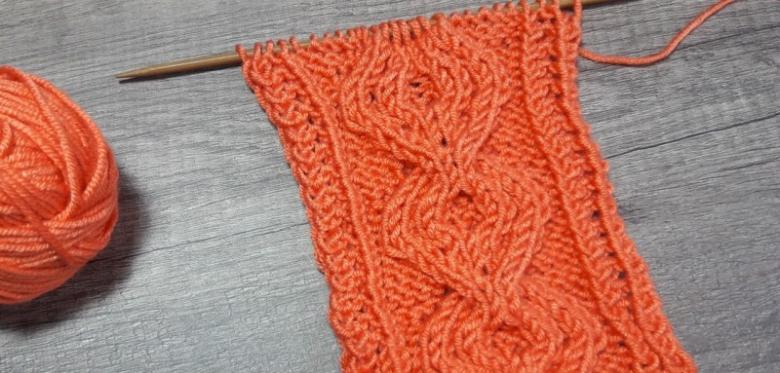
The number of loops in the front set should be symmetrical - 4, 6, 8, 10 or 12. Intervals knit with the wrong side of the fabric, the number is arbitrary, according to the scheme of the pattern.
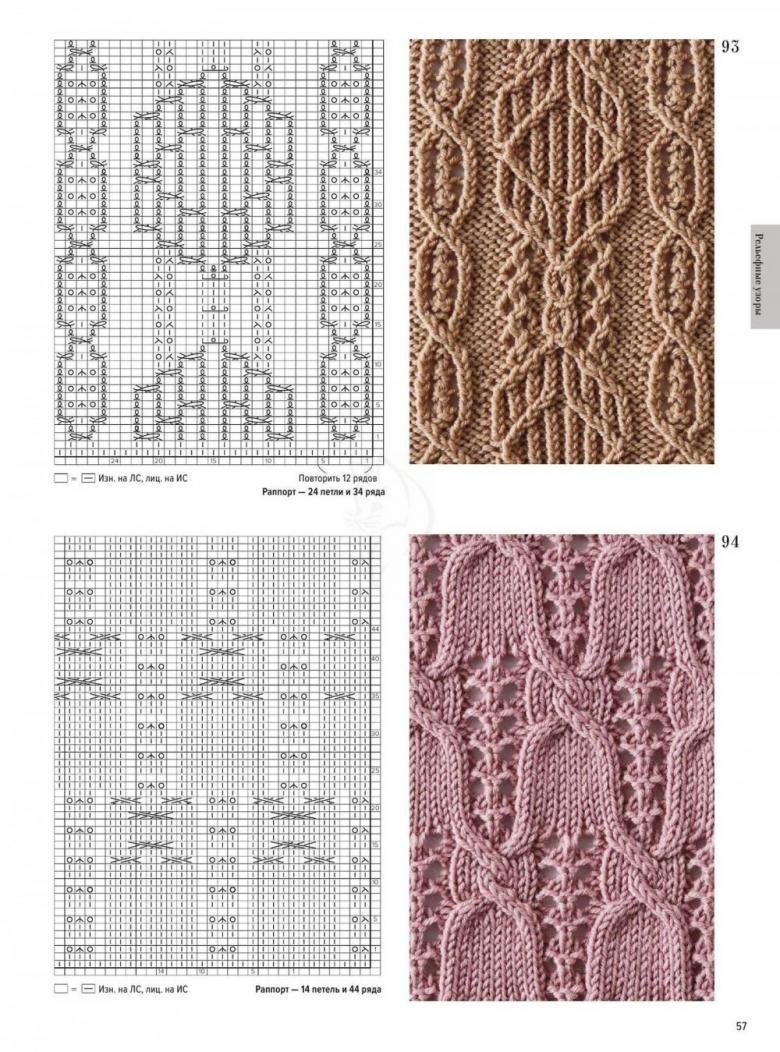
Consider the detailed description on the video, how to knit Aran eight plaits.
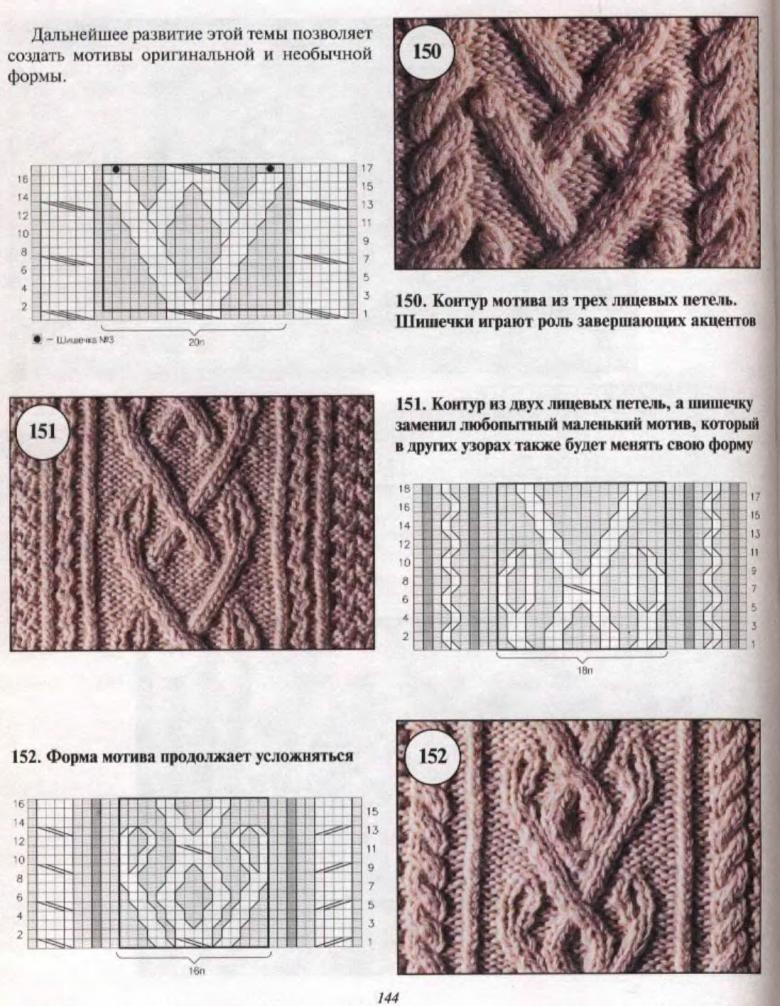
Aran braids
In traditional braids, the number of front loops must be a multiple of "3". That's 9, 12, or 15 loops.
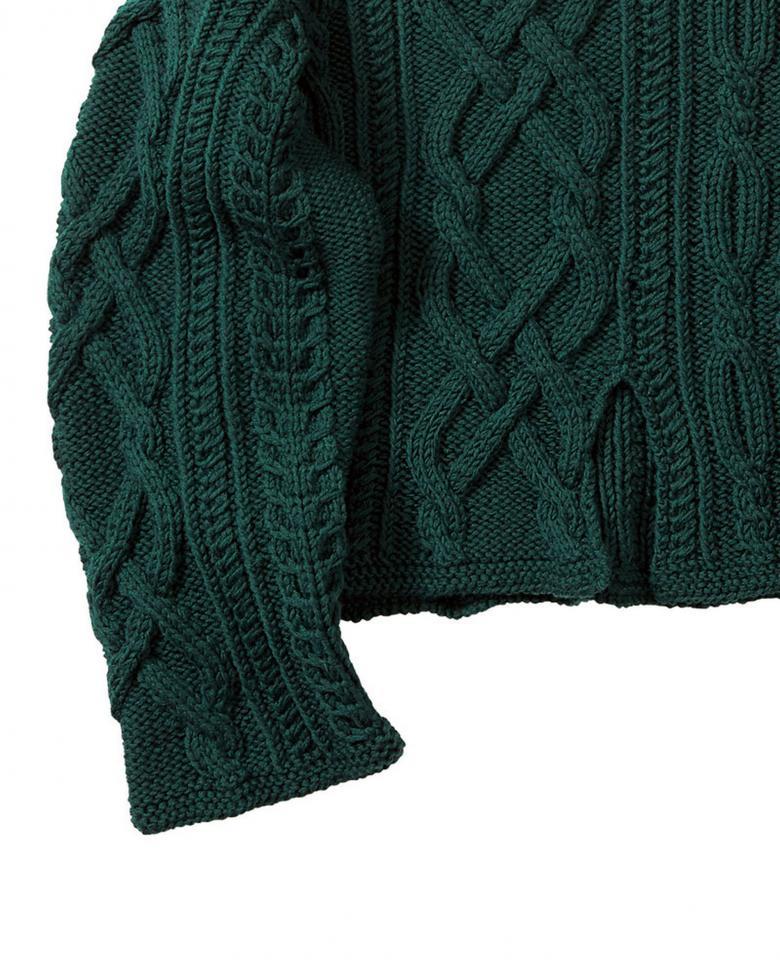
Everything is knitted in the same way as in the 8, only the crossing is performed alternately - the middle is shifted then to the right and to the left through the front row.

You can use a vivid scheme or a detailed description for beginners who have never had the opportunity to knit aran "braids.
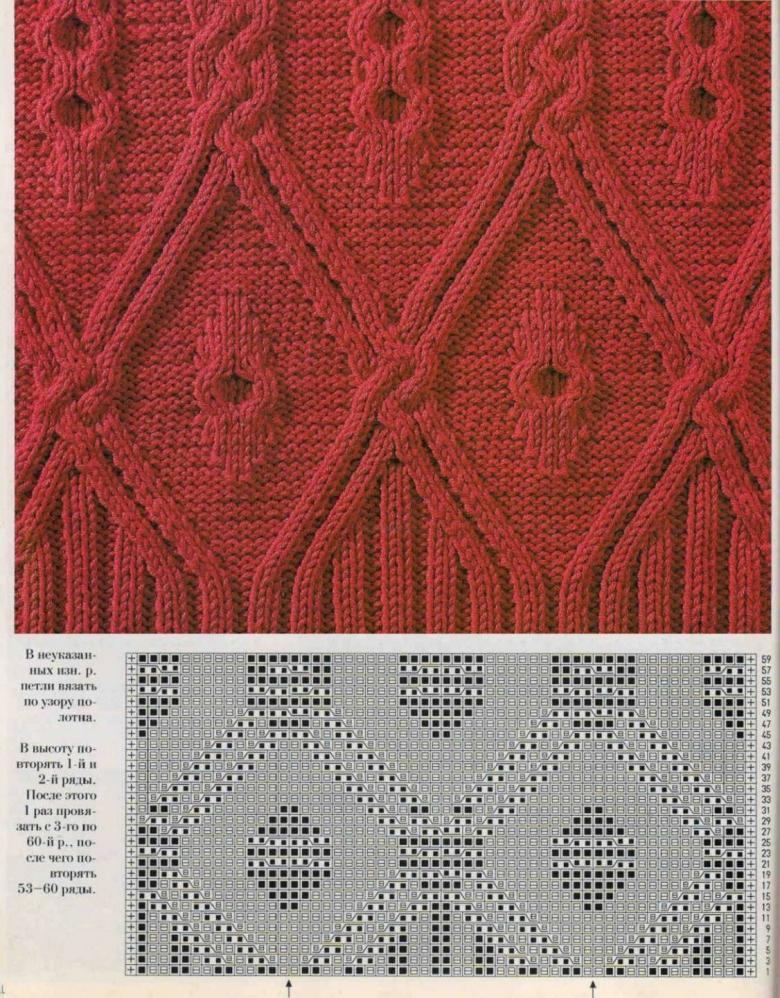
Tip: Don't rush to take on a complicated scheme, no matter how beautiful the "new" plaits may seem. At first, it is recommended to master basic plaits - figure eight and braids, and then start reproducing more intricate patterns.
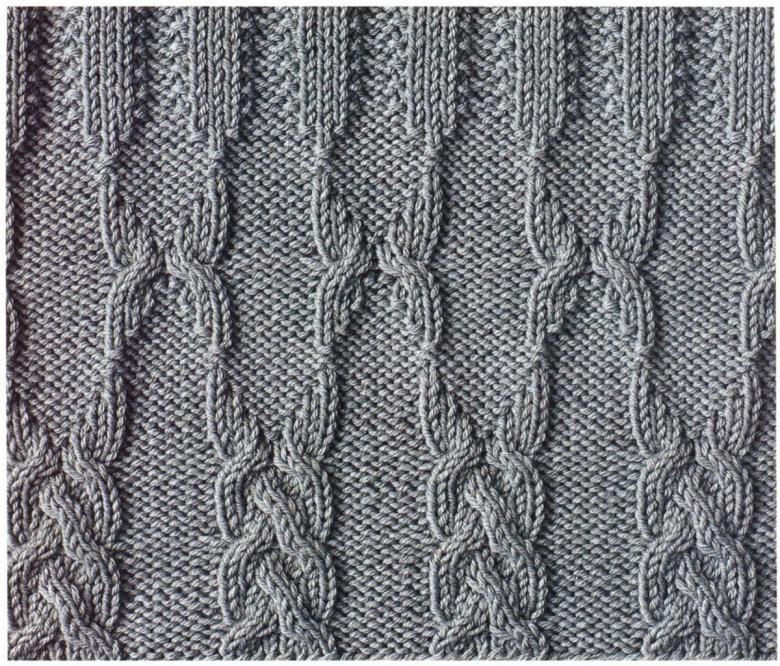
We offer a video with a master class of step-by-step fulfillment of aran patterns - from simple to complex. Further examples of things made in this technique, without schemes, just for inspiration.
